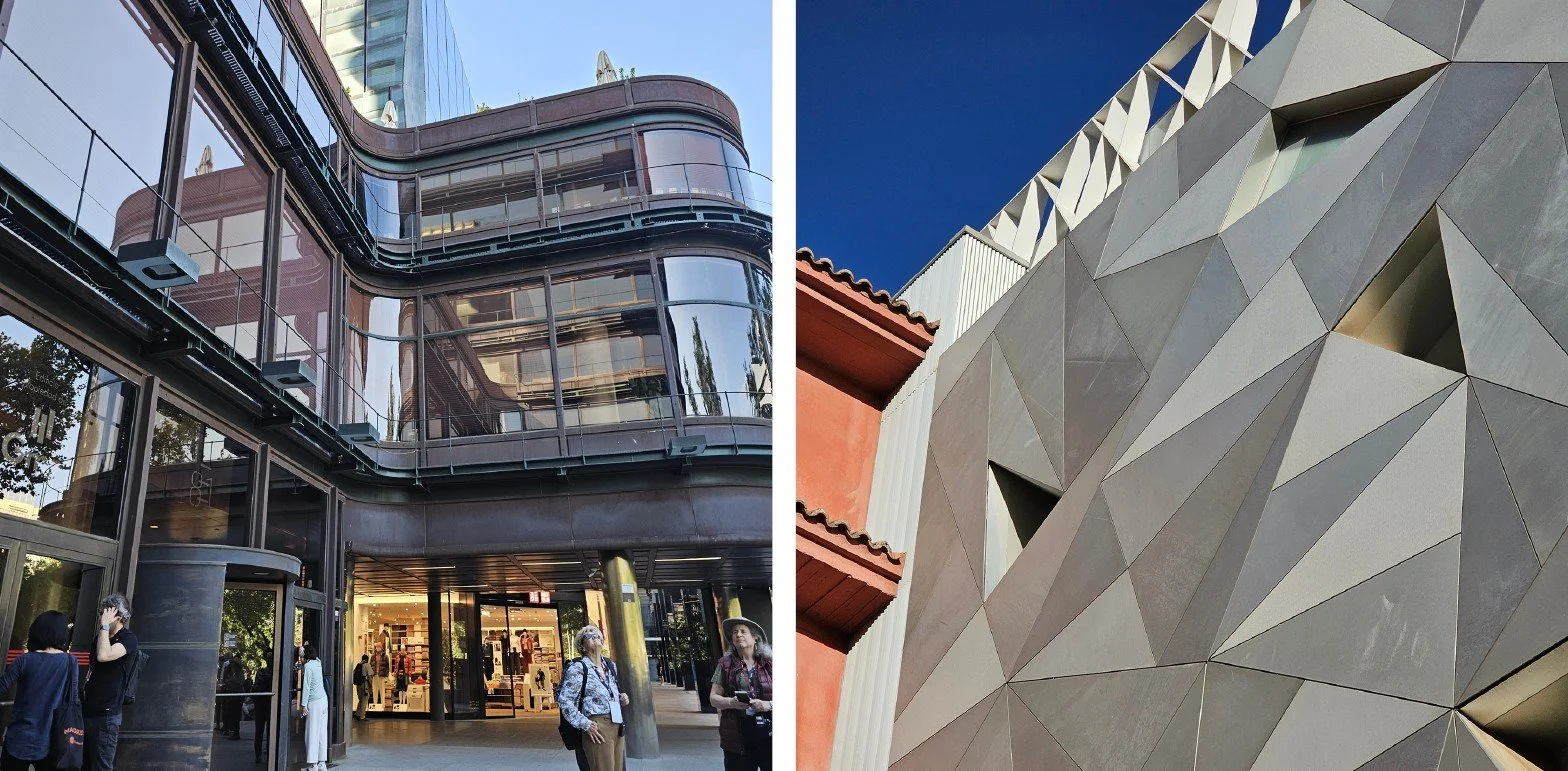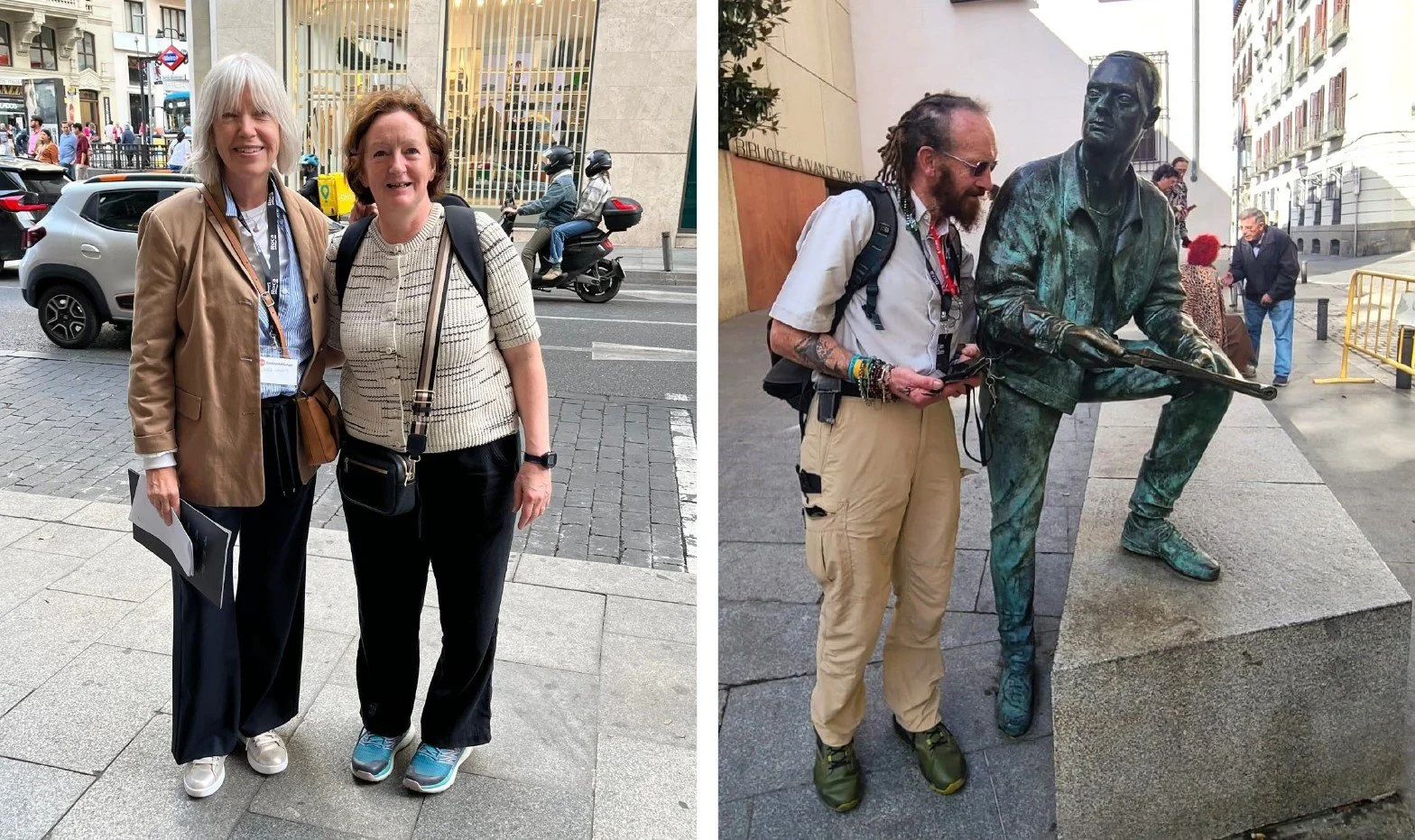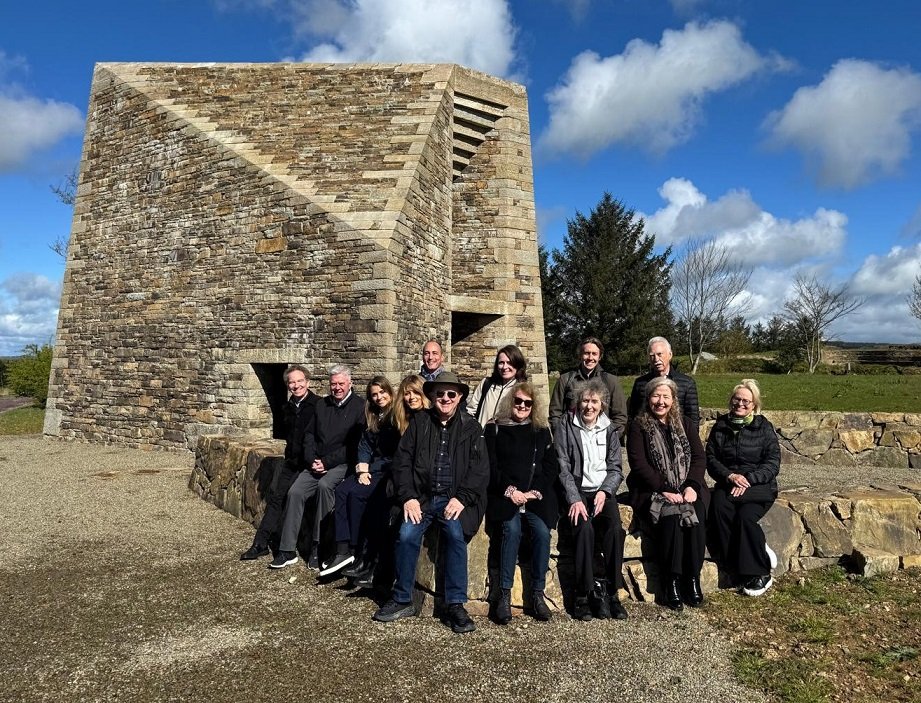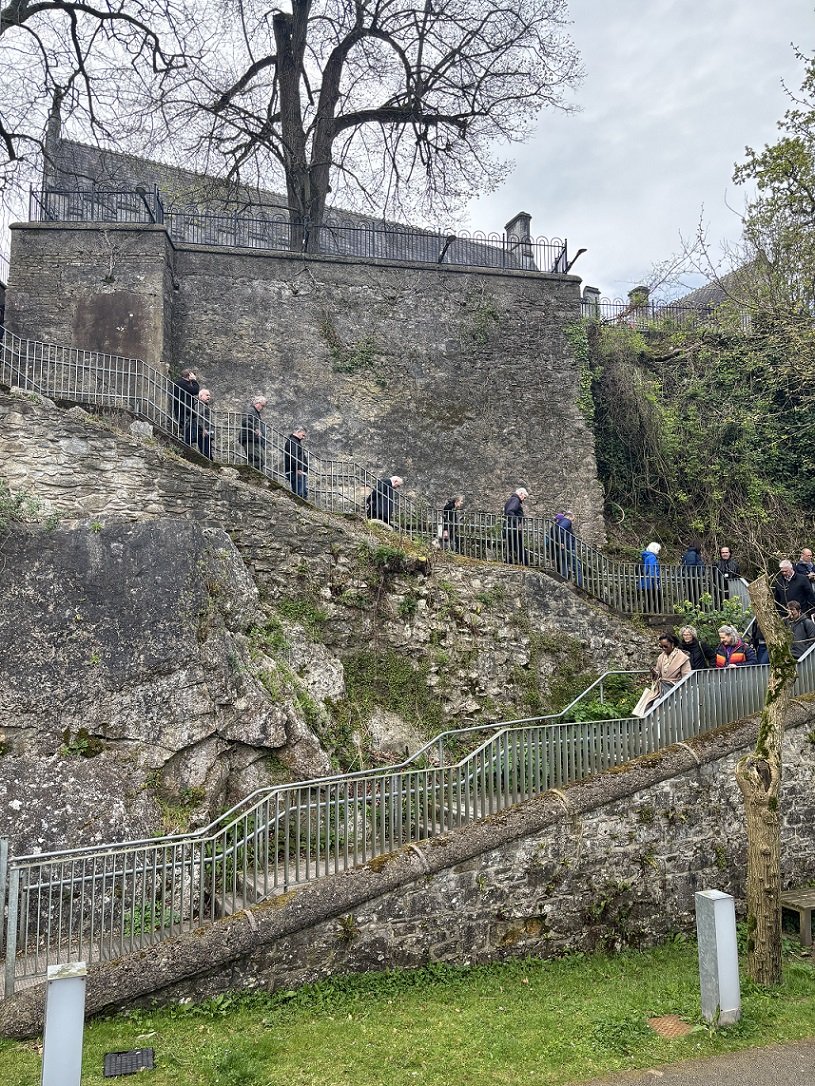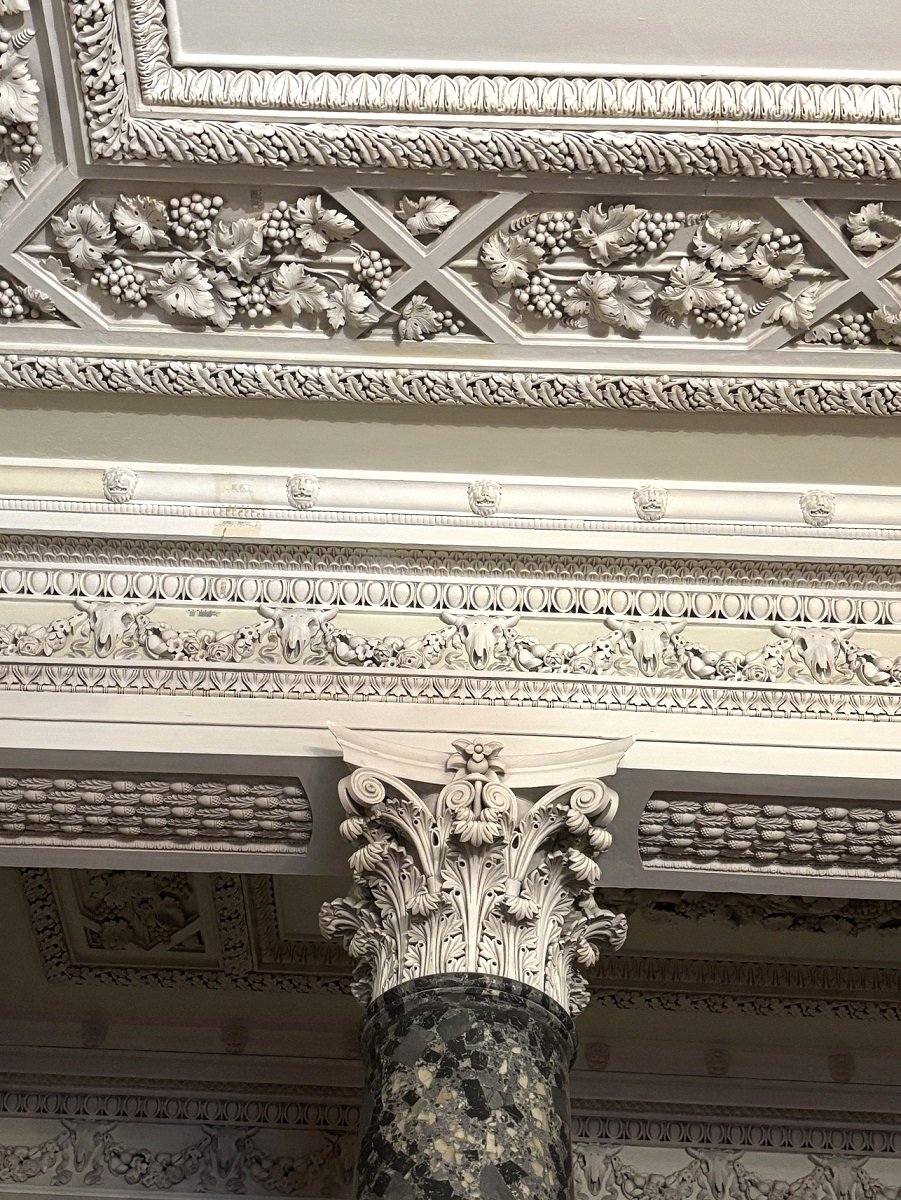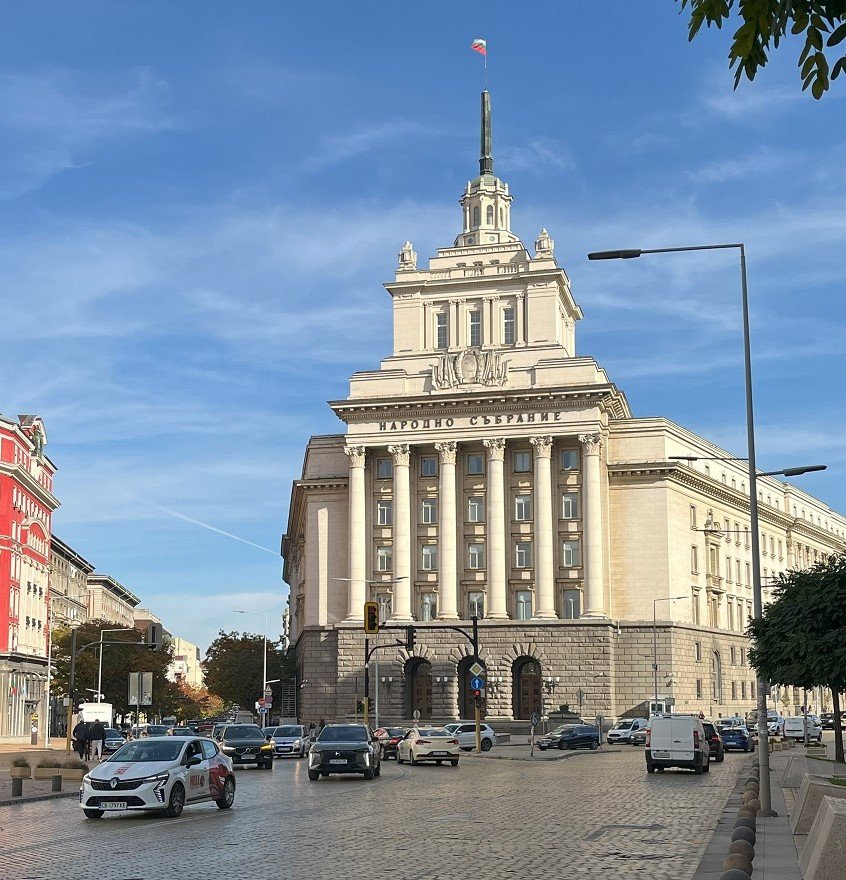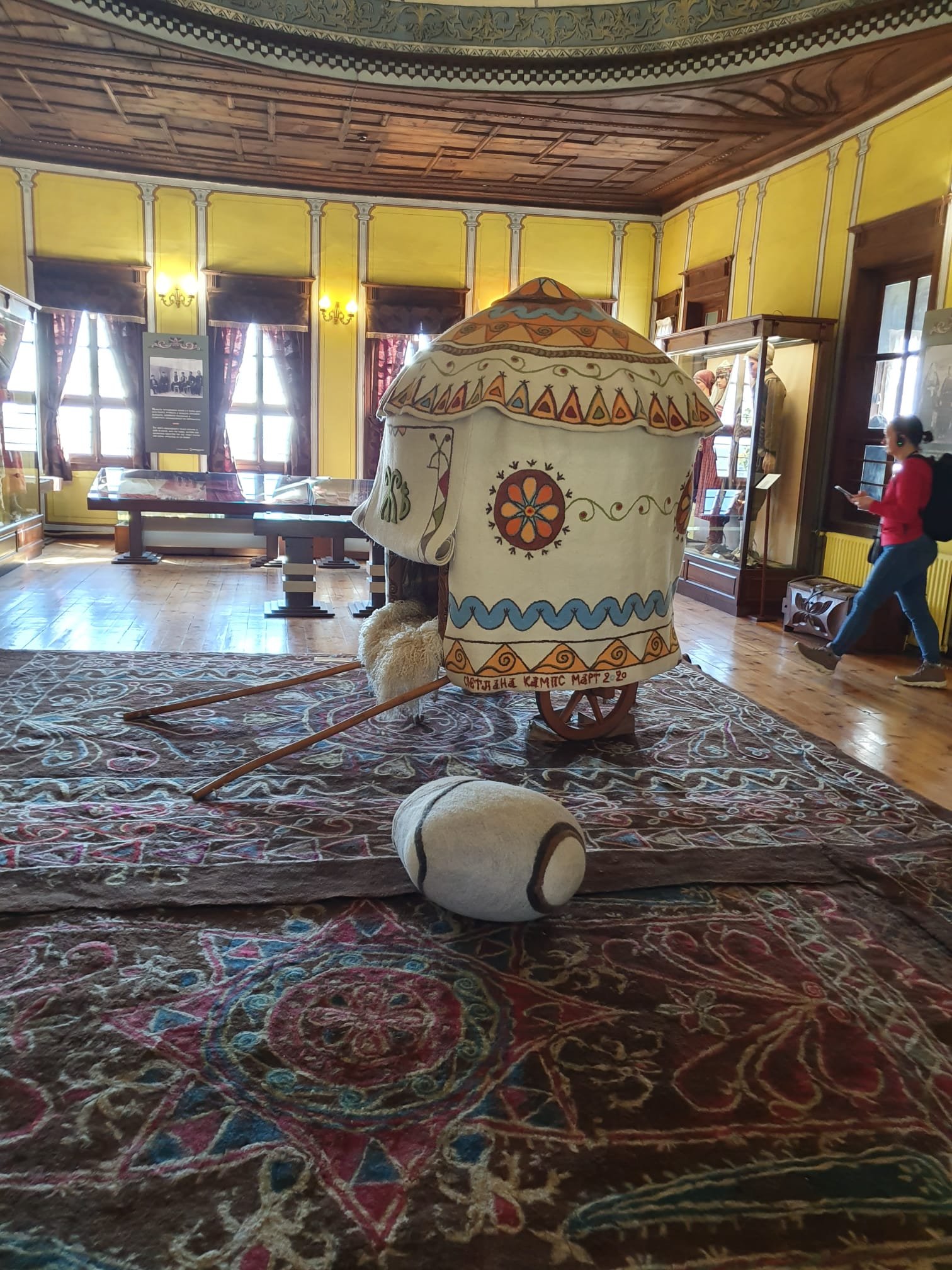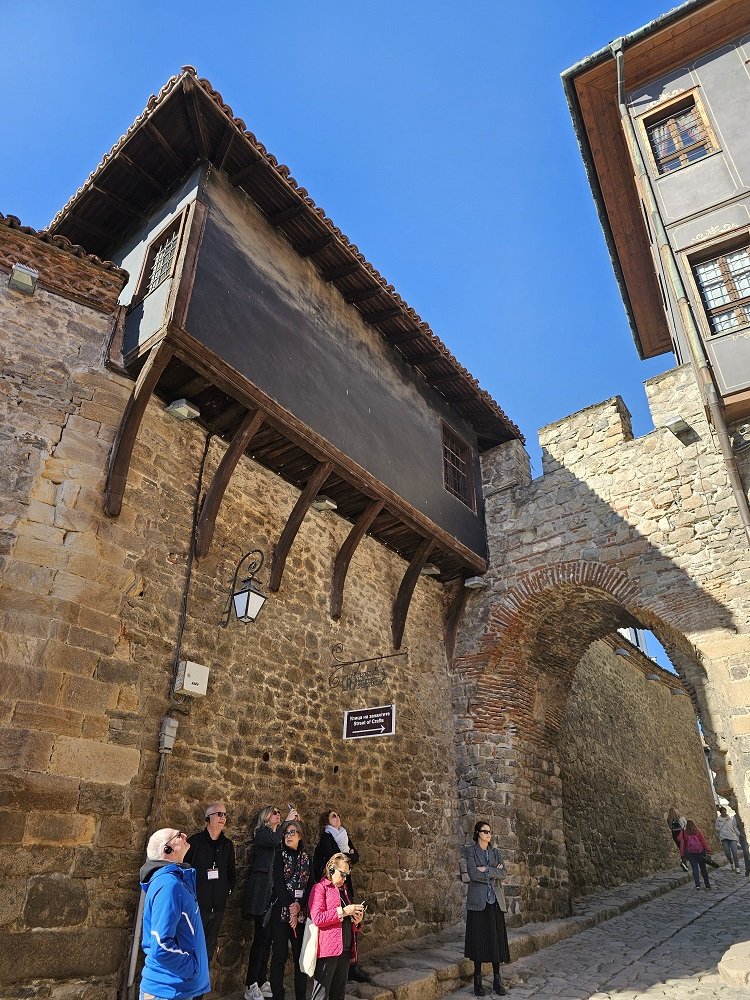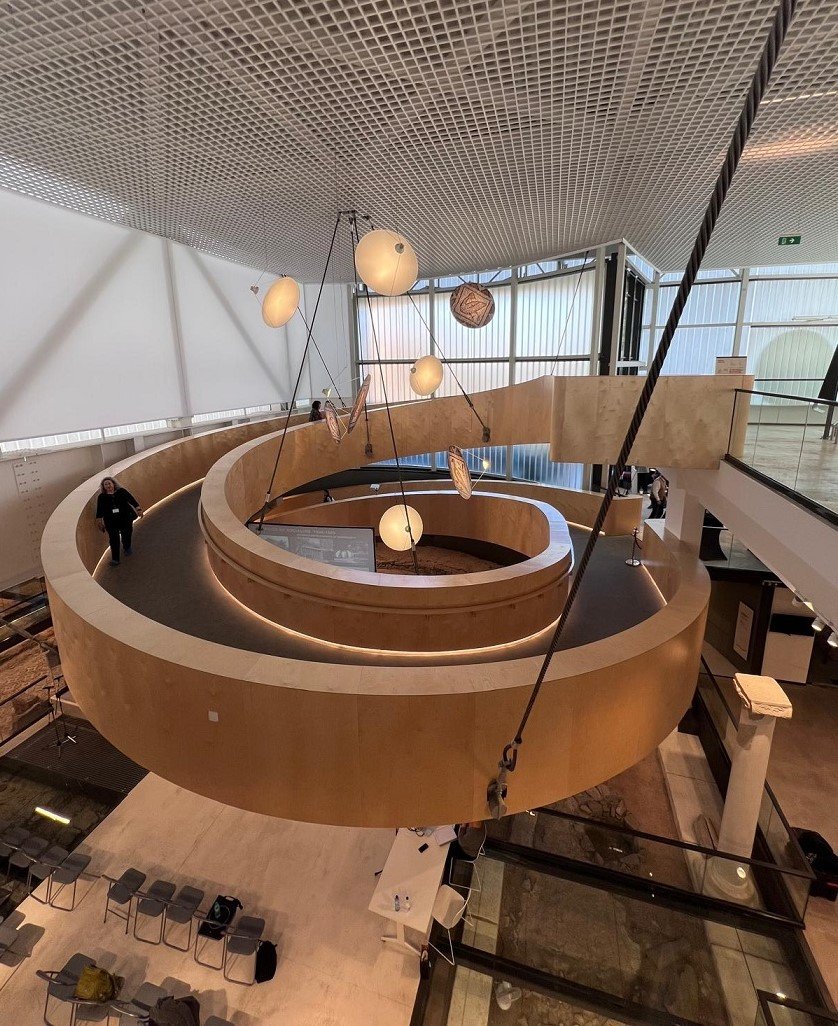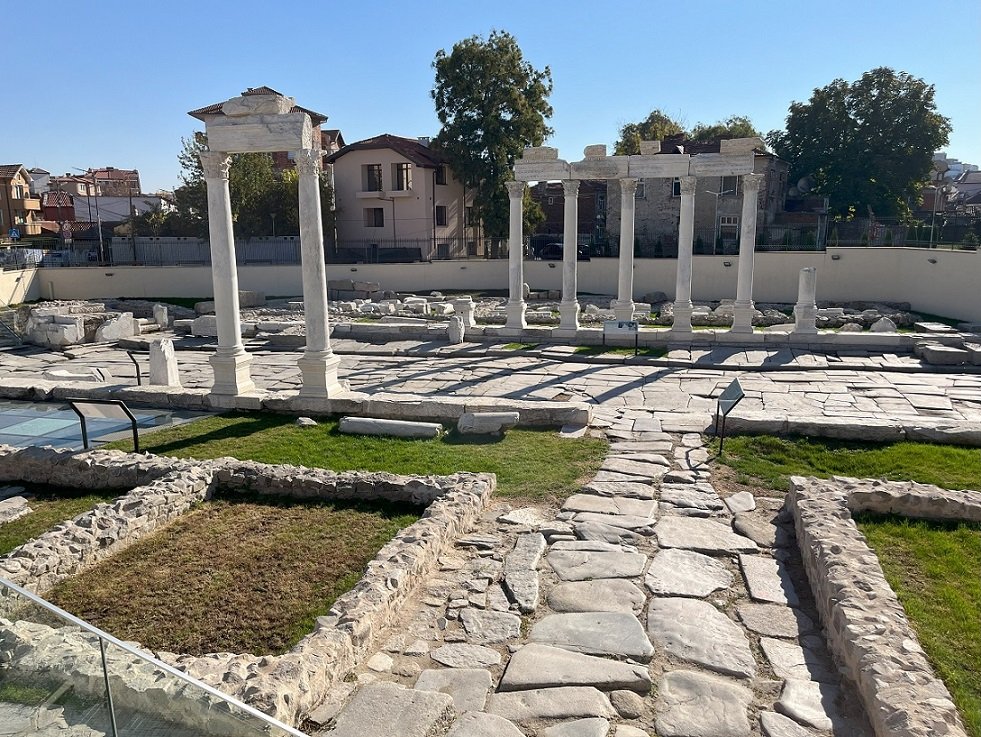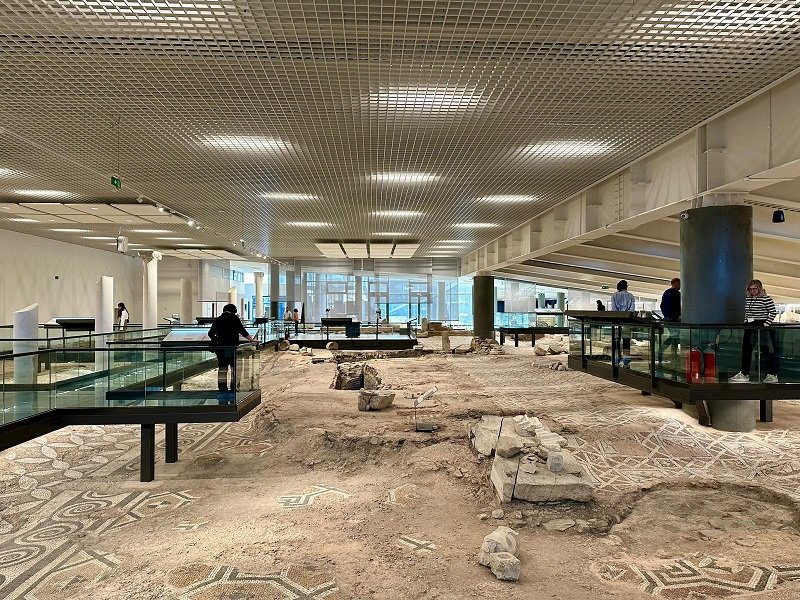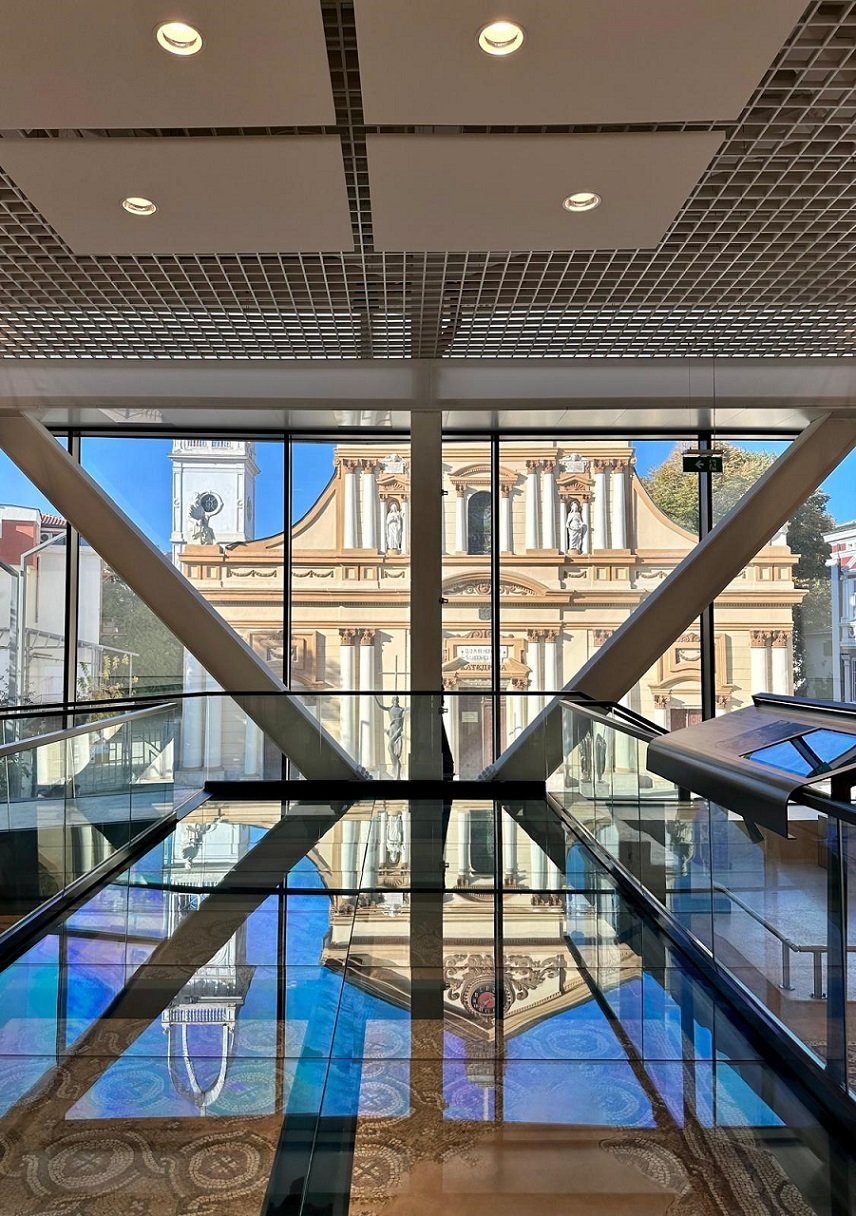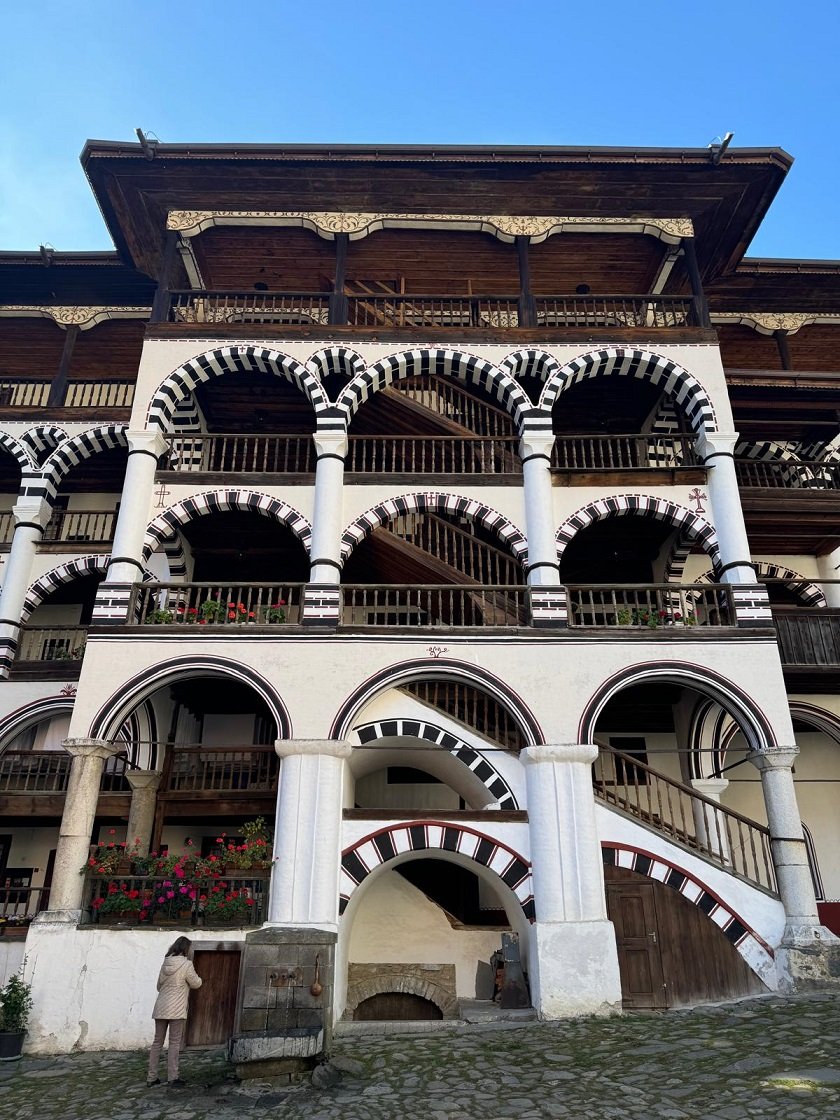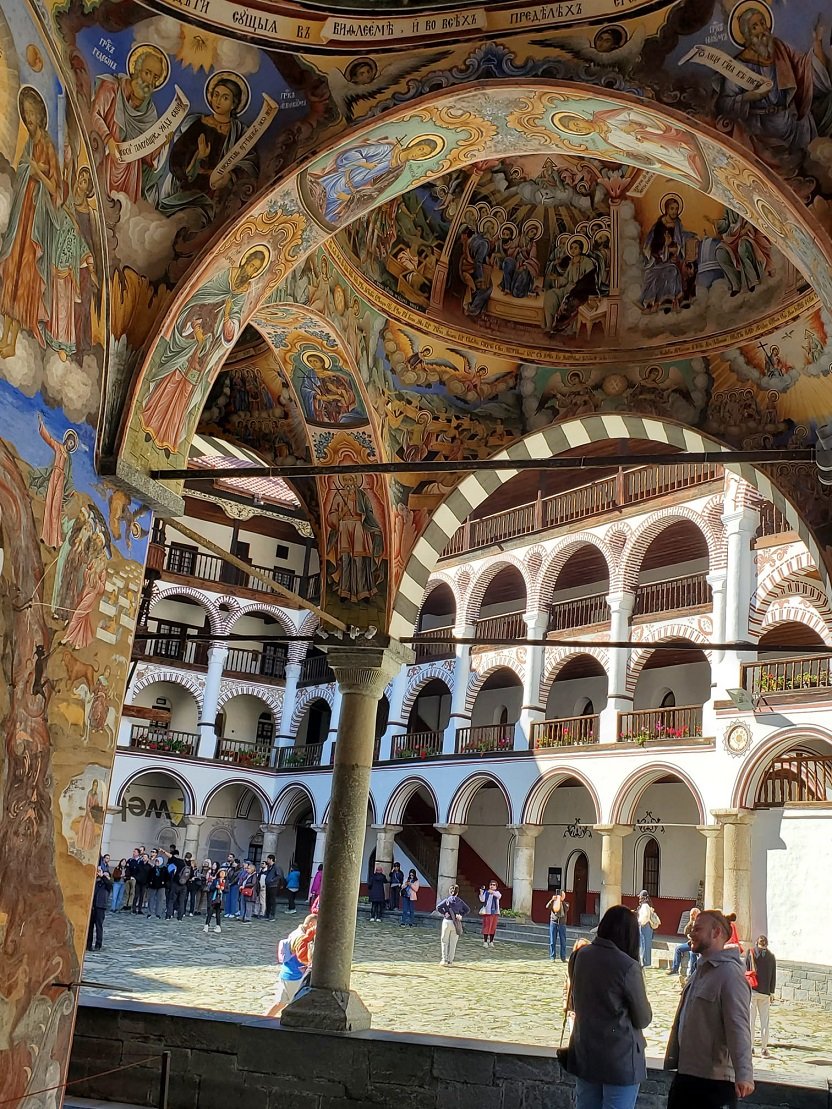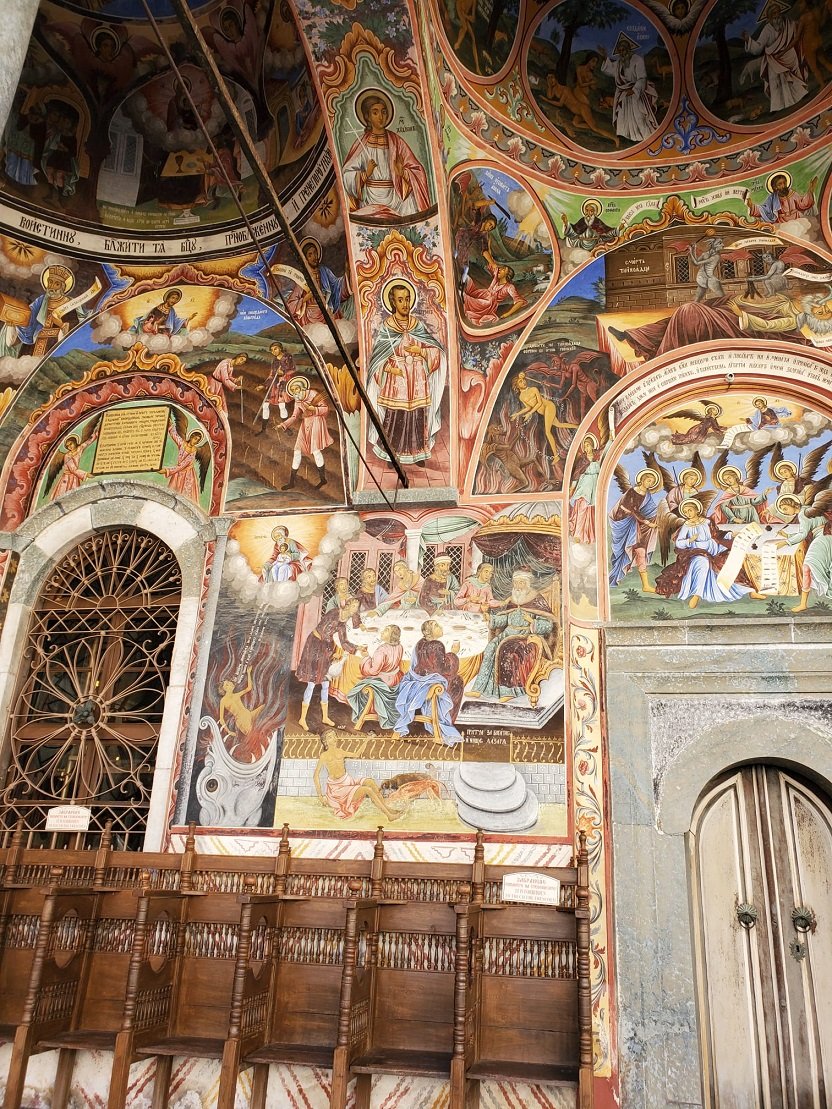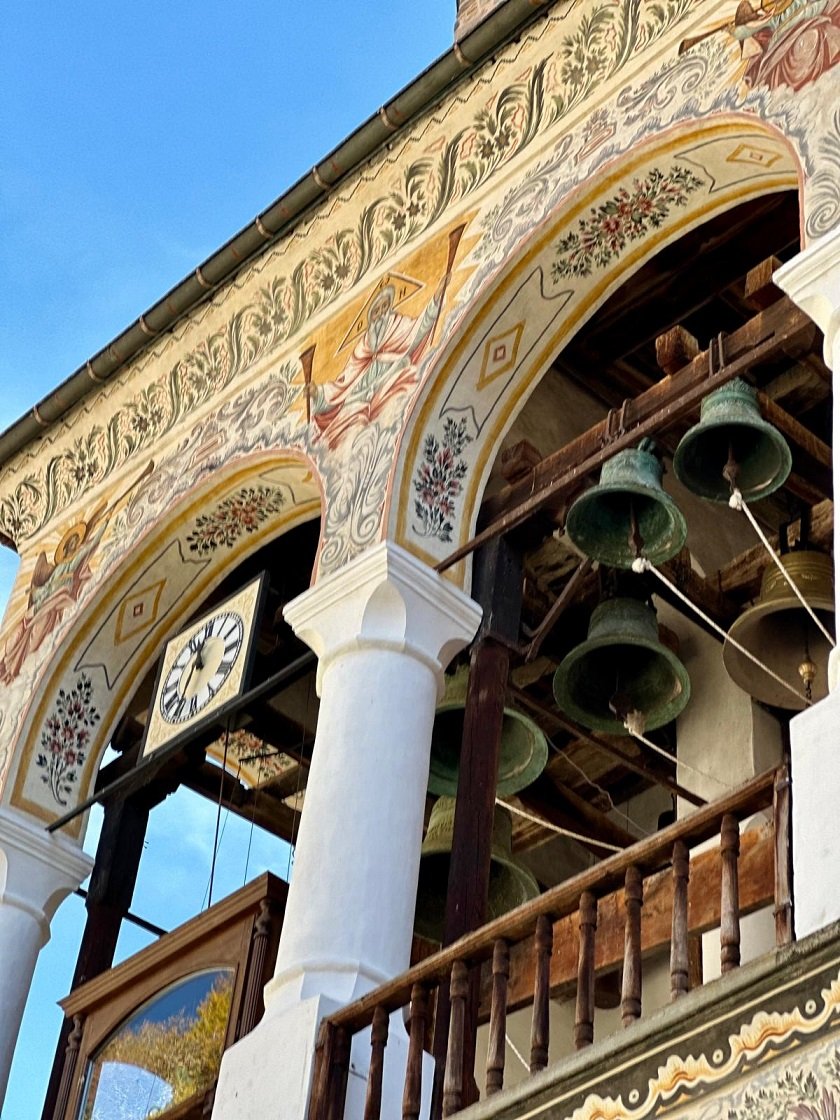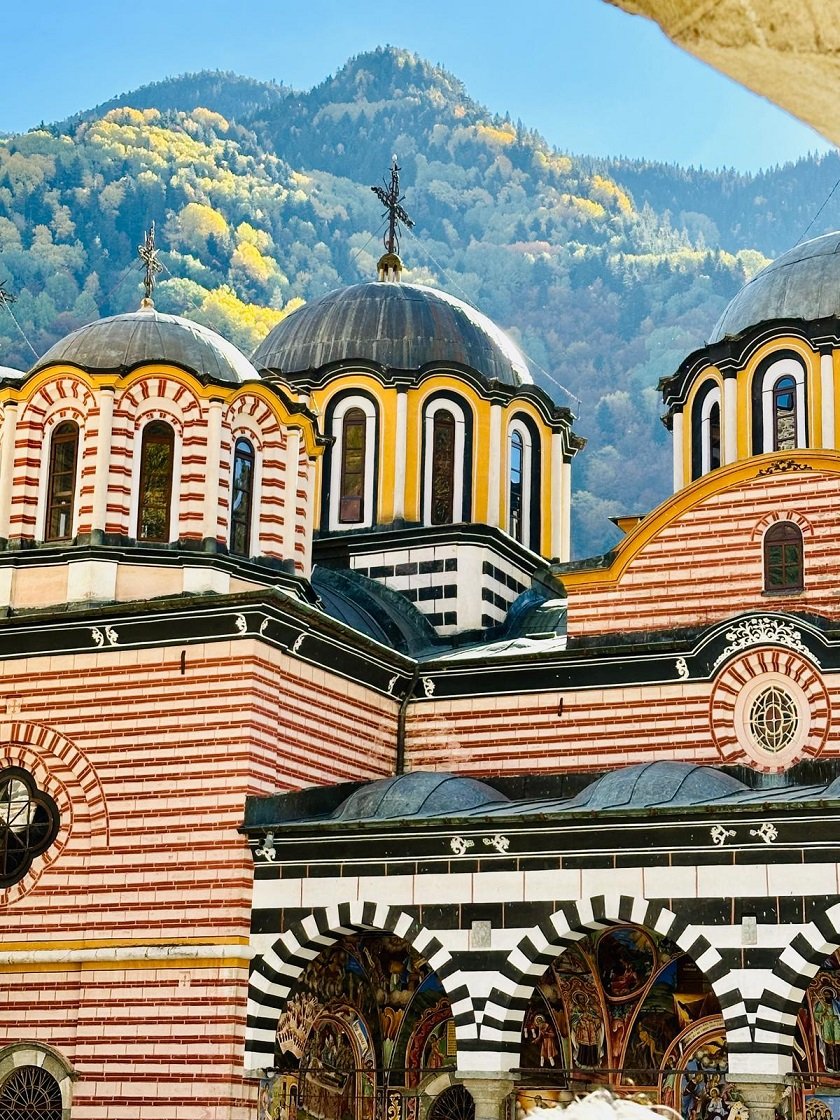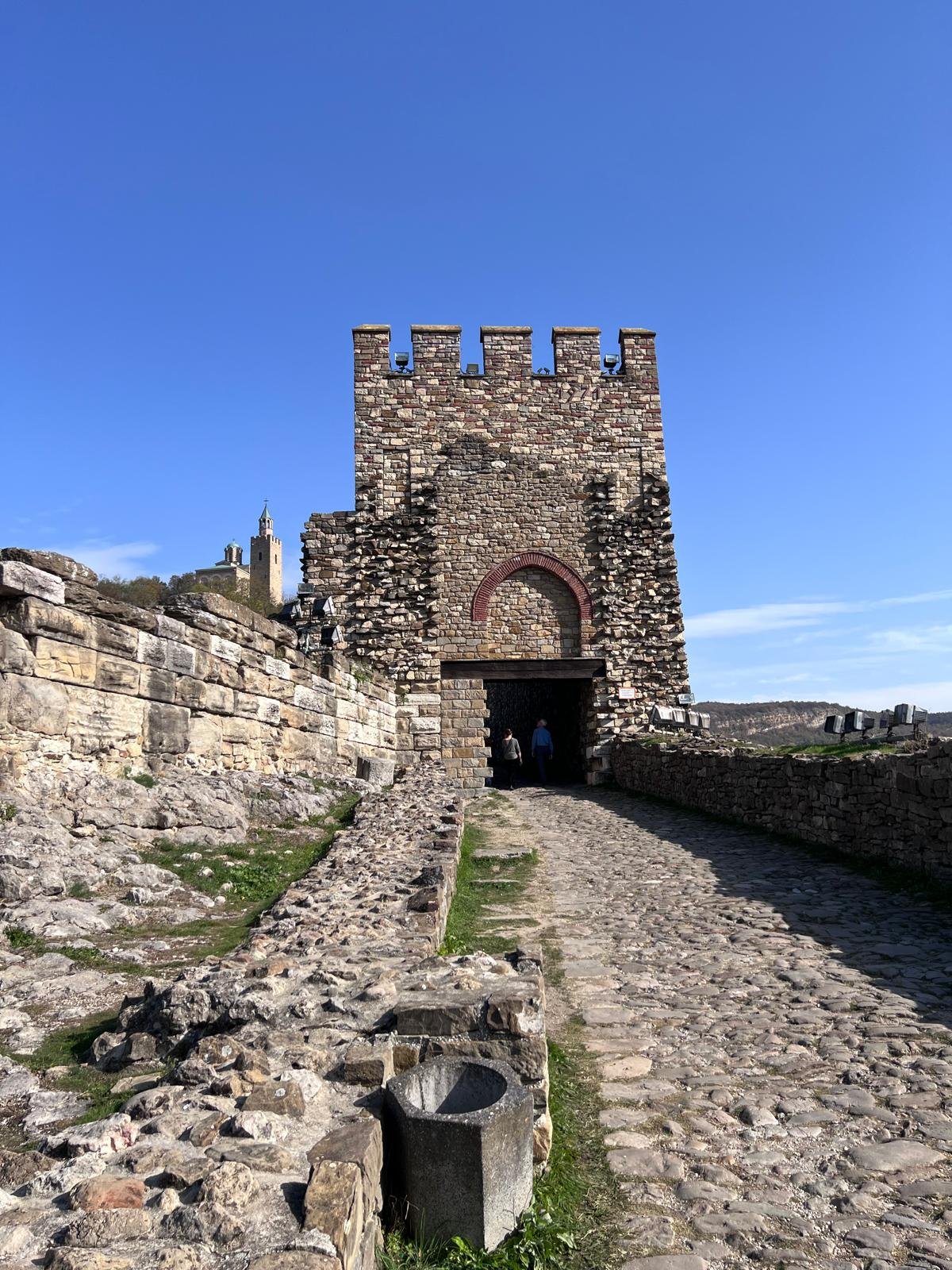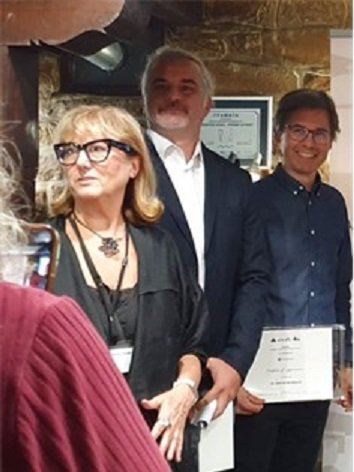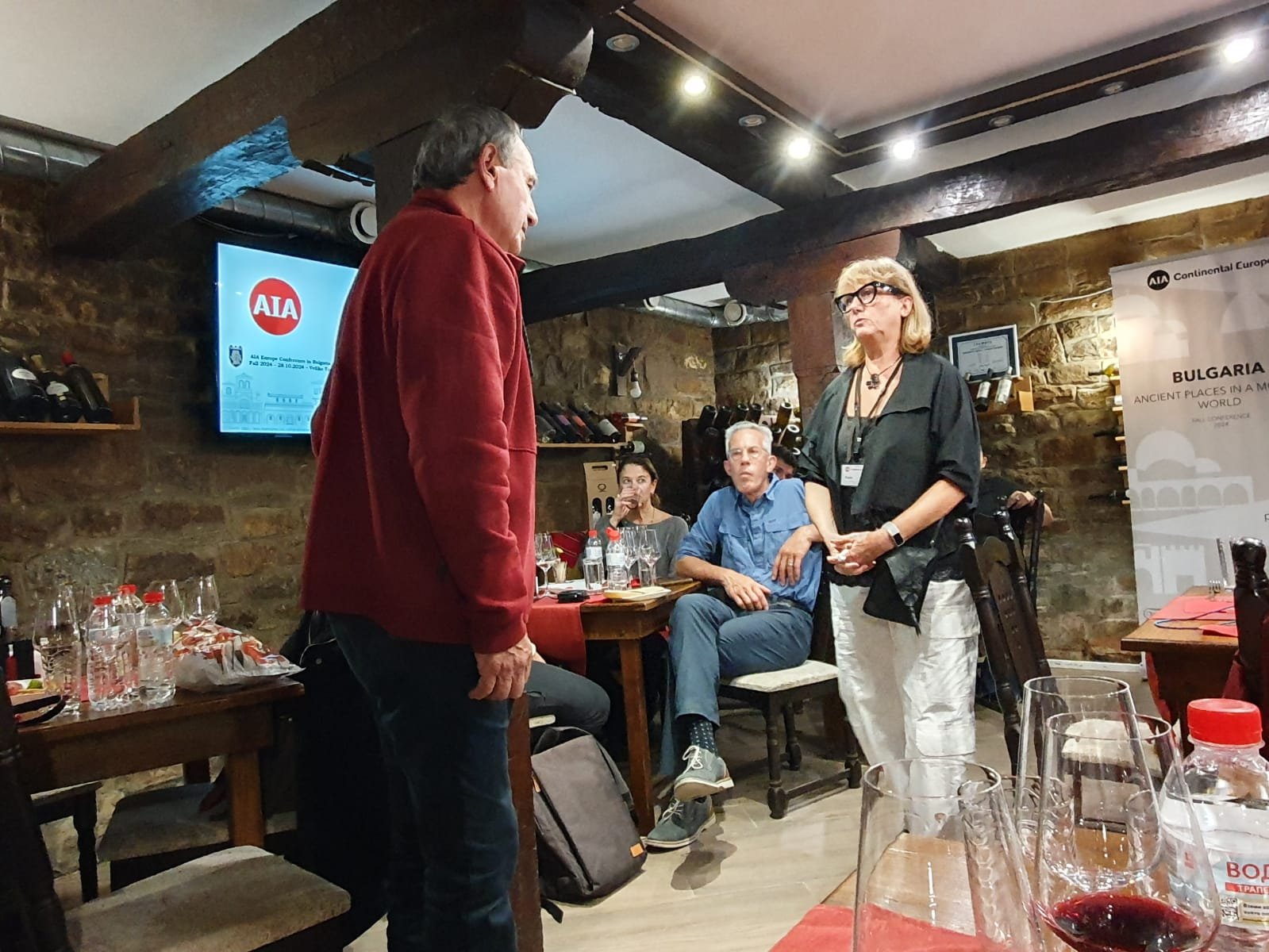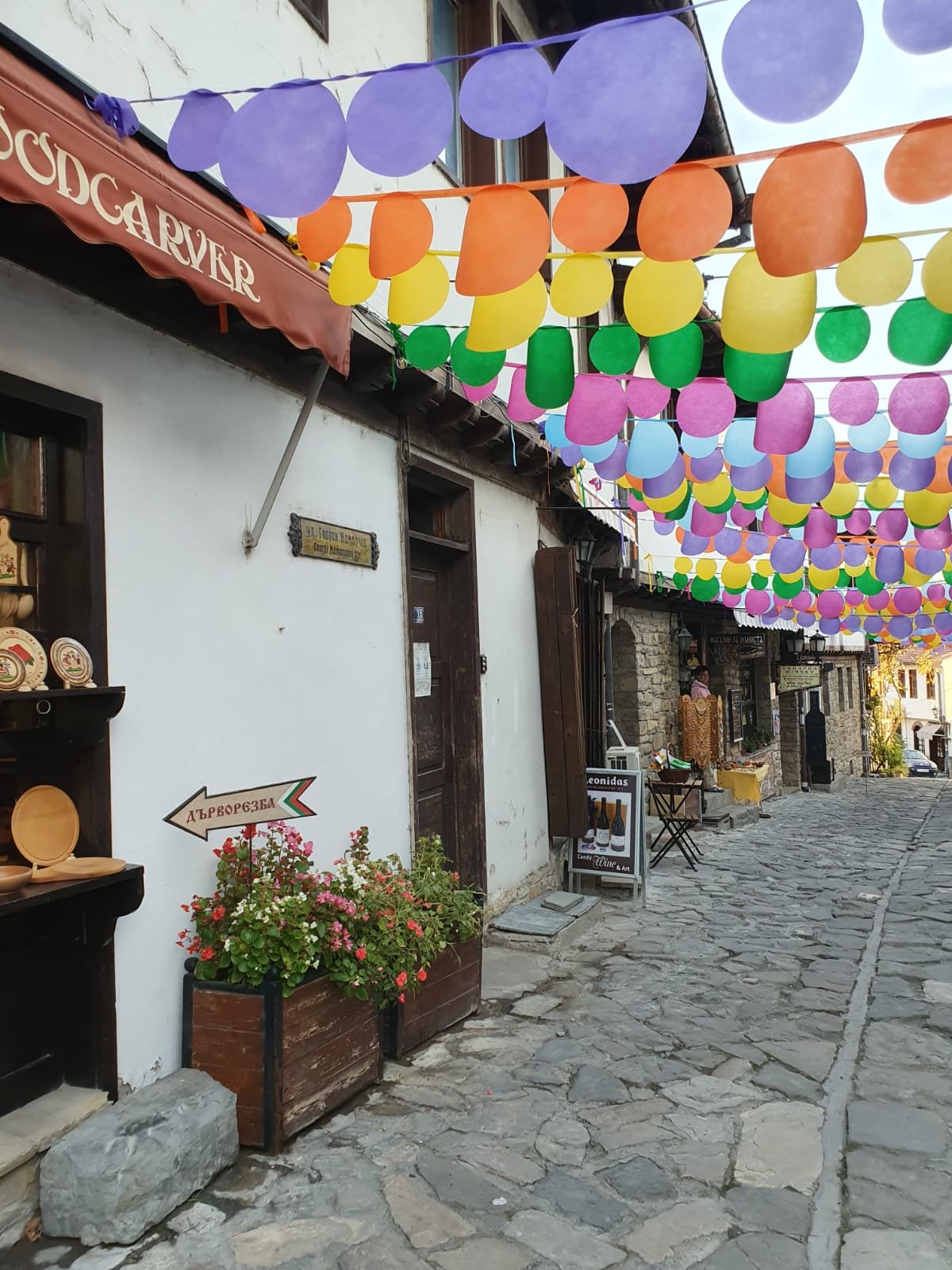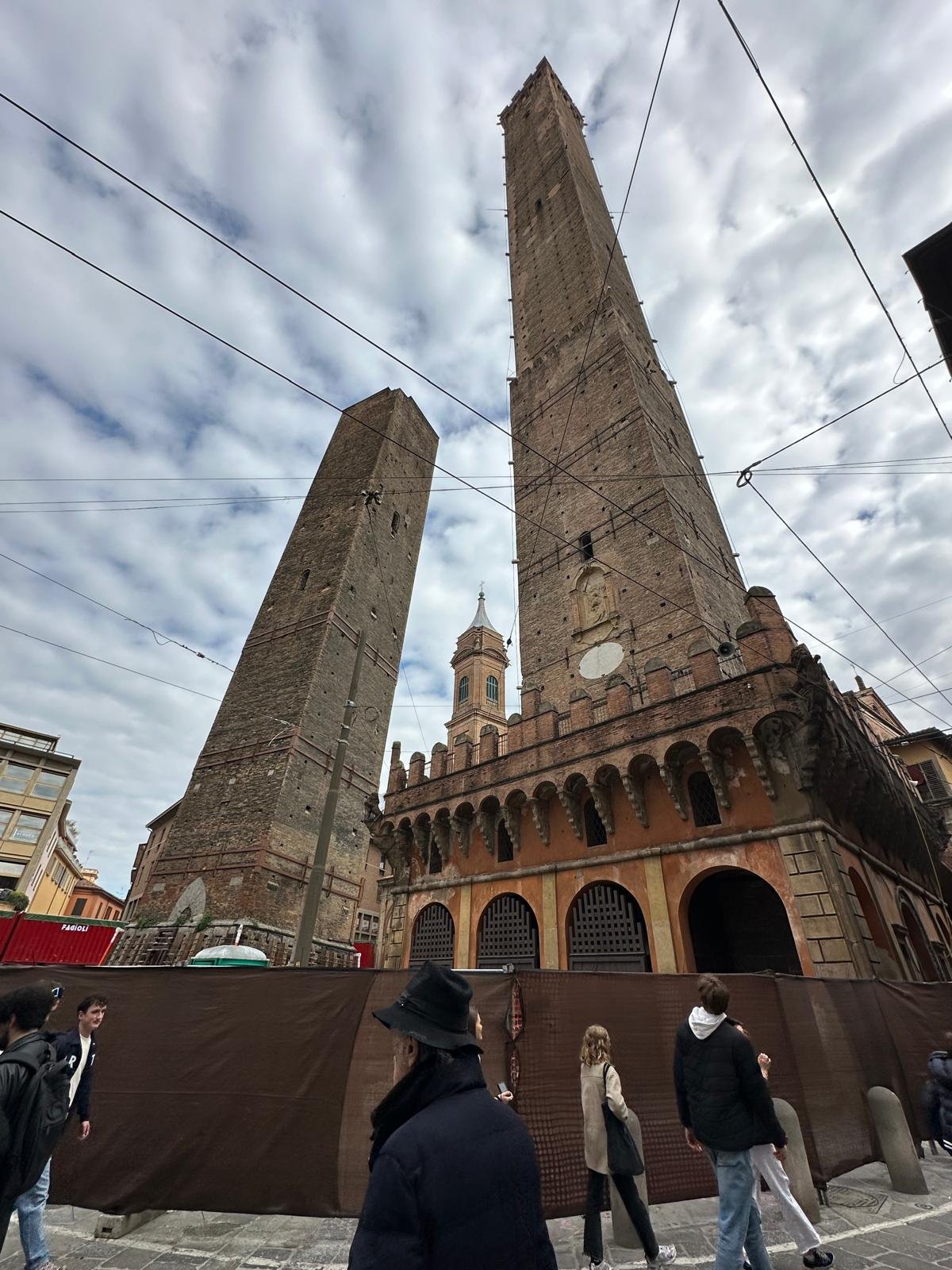CONTINENTAL EUROPE MADRID 2025 CONFERENCE / Reimagining Madrid
Fiona Mckay
Madrid as seen from the IE University Tower, School of Architecture. Photo Credit: L King AIA
Veteran AIA UK Members are by now fully aware that AIA Continental Europe’s biannual conferences offer excellent opportunities for travel, camaraderie and architectural adventure (as well as abundant Continuing Education Units!). Indeed, many UK members attended the joint AIA UK/AIA CE Conference in Cork last Spring and are now thoroughly familiar with CE’s basic format of lectures and tours generously interspersed with fun and food.
However, conference attendance should not be written off as a seen-one-seen-them-all experience. This year’s Madrid Conference offered an altogether distinctive atmosphere from Cork and no doubt Berlin will also highlight its own distinctive atmosphere in Spring 2026. AIA UK members are urged to take every opportunity to visit European cities via AIA CE’s expertise. Learn more about AIA CE’s past and future events HERE.
Instead of using a fixed conference venue for a series of pertinent lectures as have other CE conferences, the Madrid organisers engaged two enthusiastic, peripatetic architects to explain the city. Werner Durrer and Ivan de Alma shared their knowledge of Madrid through on-the-spot, in-person storytelling against a living backdrop.
Beginning with a clean map, Werner’s hand-drawn annotations gradually traced Madrid’s growth through the centuries as the conference moved across the city. This novel approach gave conference attendees a sense of intimacy as they celebrated Madrid’s amazing neighbourhoods and distinctive buildings.
The brief outline below touches on highlights only of the conference. A fuller, more detailed itinerary with dates can be found HERE. A speaker list can be found HERE. A Google Map overview of the city can be found HERE.
Friday, 16 October The first day was one of initial discovery of Madrid’s traditional architecture interspersed with unusual interventions. It began early with a pre-opening-hours tour of the Escuelas Pías Library and a discussion about the urban regeneration of the Lavapiés neighbourhood.
Escuelas Pias Library and Lavapiés housing. Photo Credits (left to right): RD Reber AIA and L King AIA.
The church, destroyed during the Spanish Civil War, remained in ruins until 2004 when it was converted into a spectacular library. The new plaza in front of the church exposed the courtyard façade of a traditional building block, offering insight into the city’s basic housing form.
A walking tour through the historic core of Madrid began at the Royal Palace and continued to the Plaza Mayor. Along the way, the group admired the mix of Arabic and Spanish architectural influences, characterised by grey granite and red brick facades. Side visits included the recently renovated Iván de Vargas Library and the Mercado San Miguel.
As the group progressed toward the Gran Vía, the architecture morphed from the 16th Century to more modern times, culminating with several grand buildings from the early 20th Century clustered around the Plaza de Cibeles. Lunch was provided at the Azotea restaurant atop the Círculo de Bellas Artes building, with fantastic views over the city.
The view from the Azotea Restaurant. Photo Credit: RD Reber AIA
After lunch, the group visited the Joaquín Leguina Regional Library and Archive in the former El Águila brewery, followed by a thought provoking roundtable at AECOM’s Madrid office titled ‘Reimagining Madrid’. The day concluded with a lively and generous cocktail reception on AECOM’s rooftop terrace.

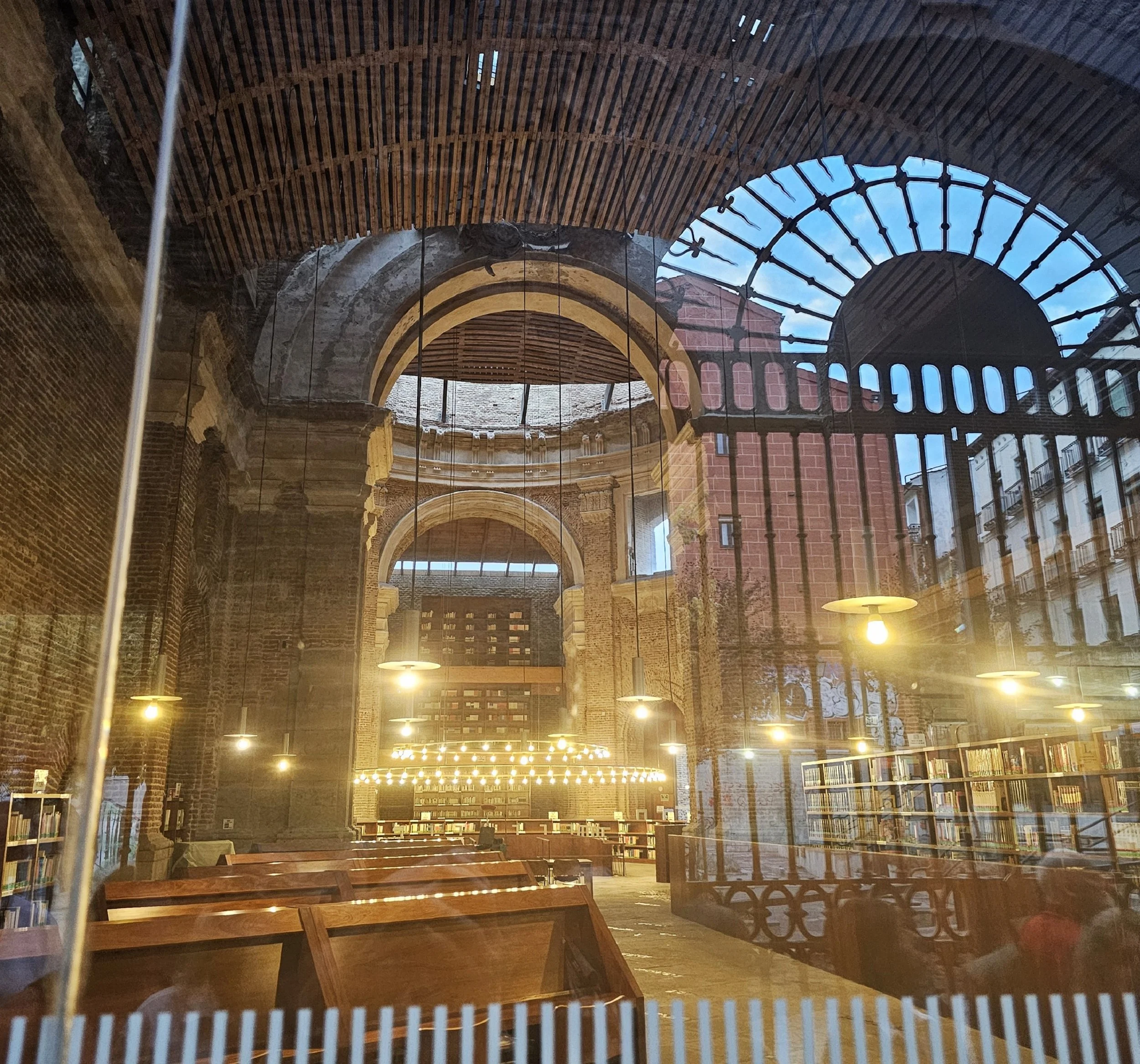




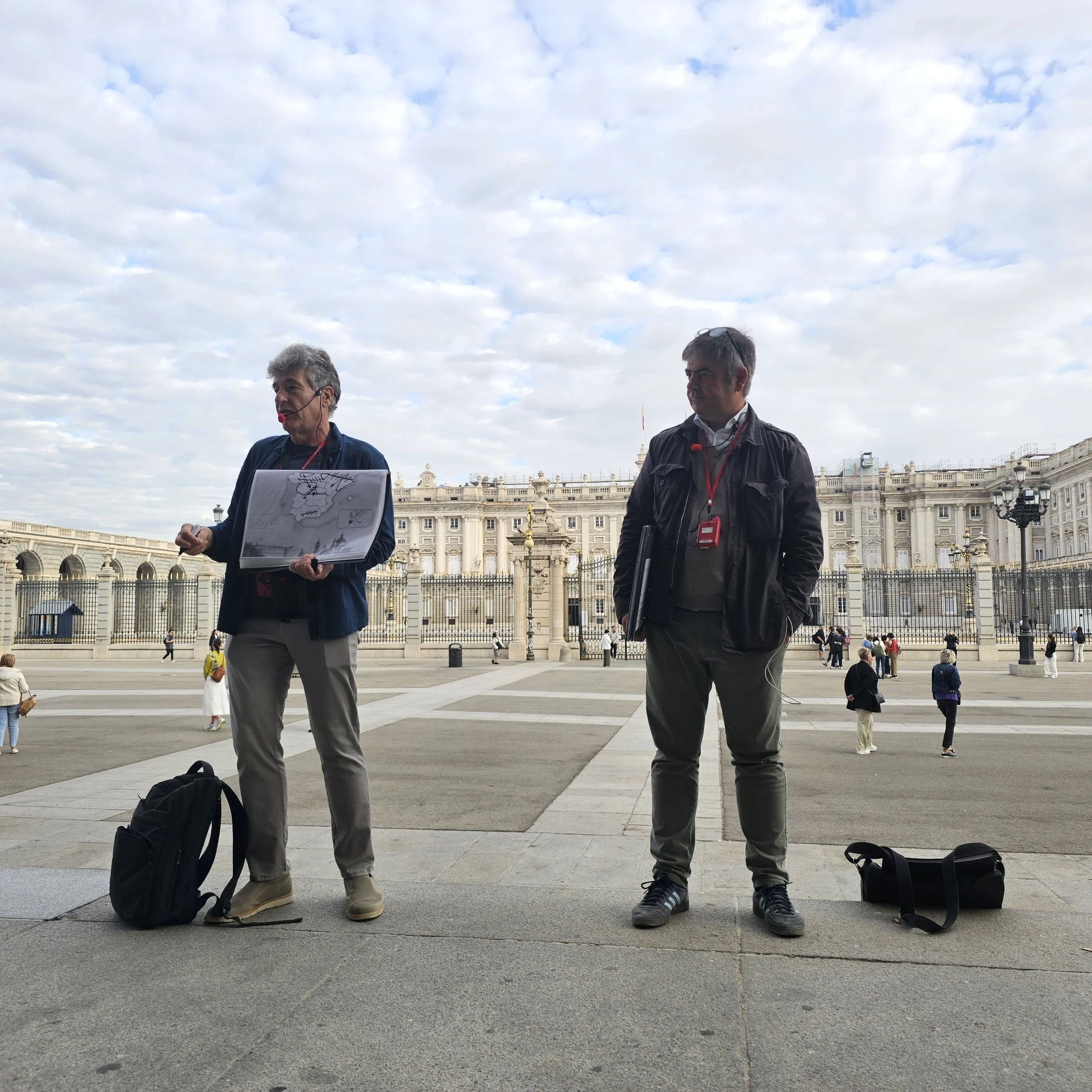




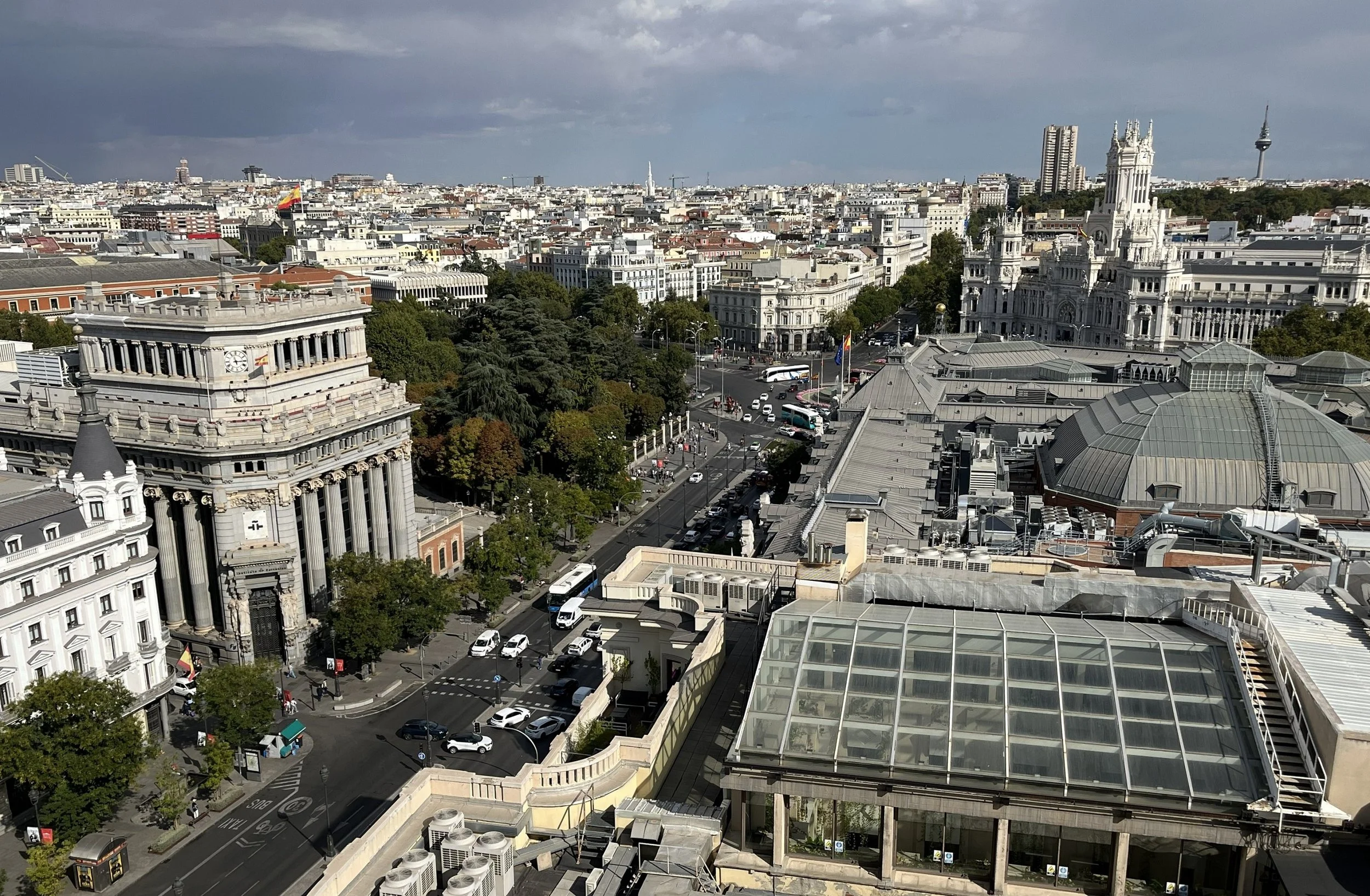

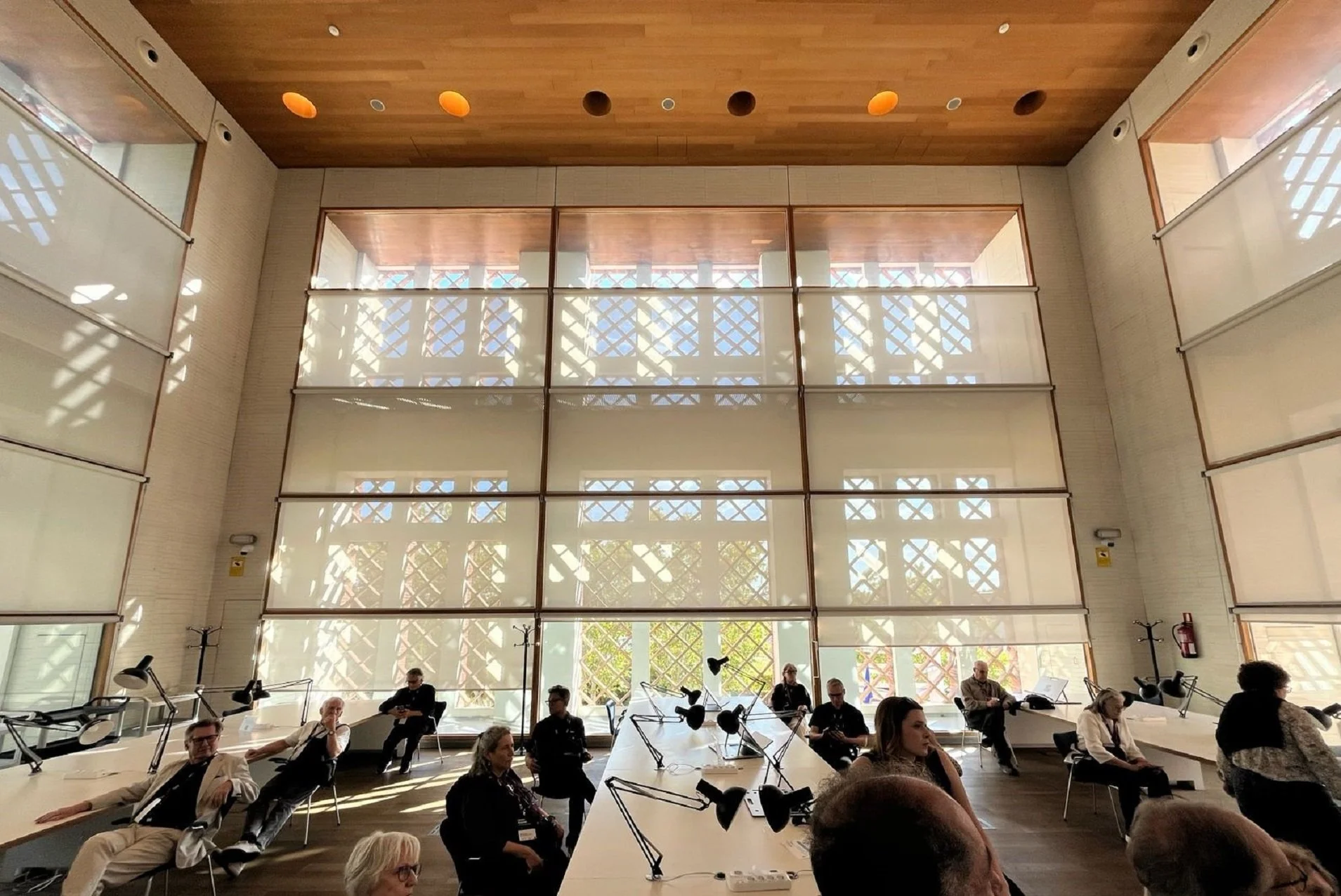
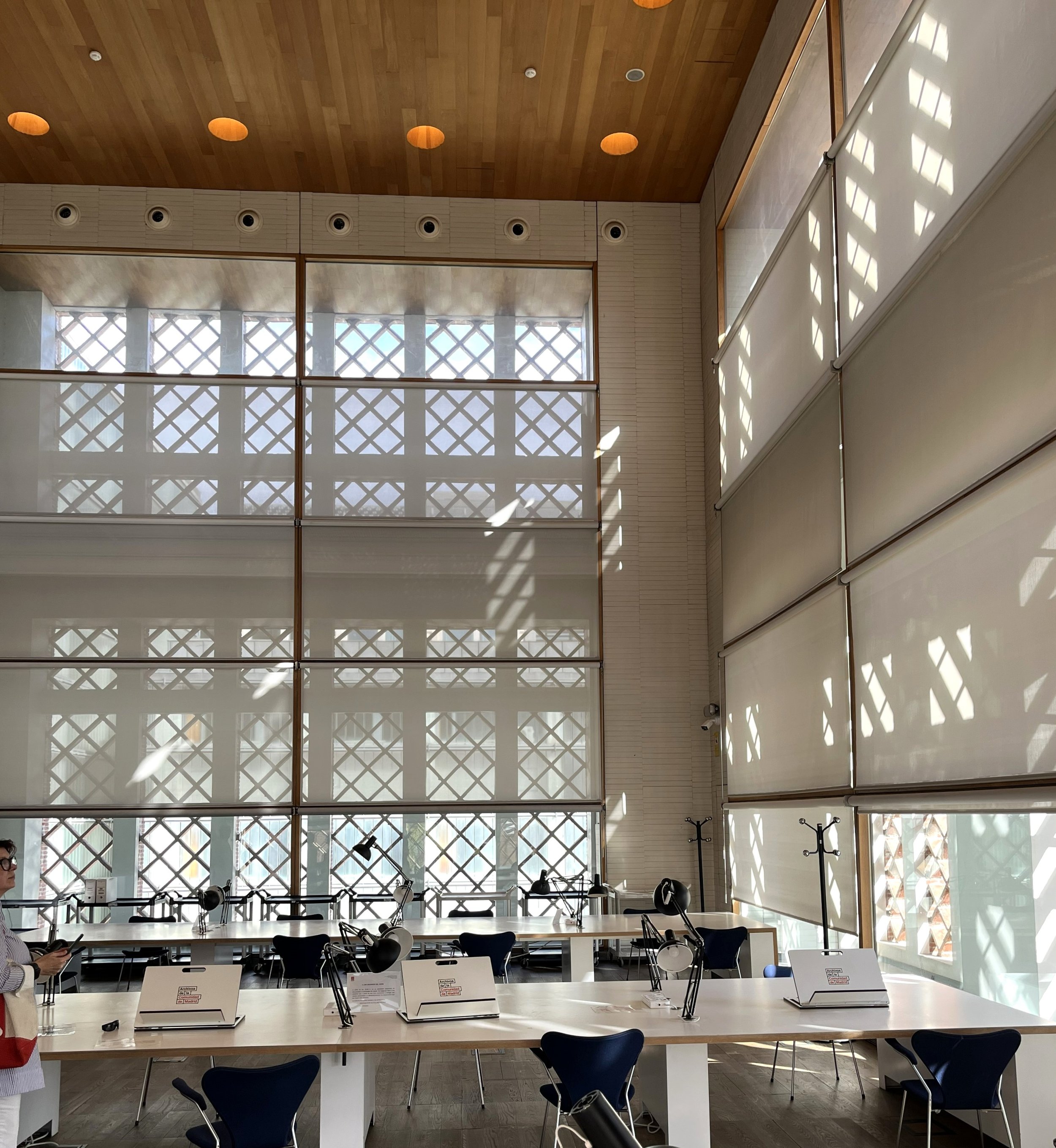
Saturday, 17 October The 2nd day was again packed with contrasting sights of traditional cityscapes and modern buildings. The tour started at the Plaza de España with an explanation of how the plaza – with its landscaped gardens and memorials – sits over tunnels that were only recently constructed to contain sections of Madrid’s traffic system underground.
It then transversed the city by bus to chart urban development since the 19th century. Modern interventions within traditional contexts included the Museo ABC, the Mercado de Barceló, and the BBVA Tower.
The striking Corten façade of the BBVA Tower contrasts with the geometric shapes of the Museo ABC. Photo Credits: L King AIA
Away from the central Madrid, the bus travelled far north to visit the Cuatro Torres business park with its quartet of high-rise buildings that have become a city landmark. A tour of the IE University Tower showed how it had been designed to incorporate an unexpected “vertical campus” for their School of Architecture. IE’s faculty gave an absorbing lecture on contemporary Madrid planning issues, ‘The Profound Transformation of Madrid,’ outlining the ambitious plans – including a high speed rail terminal - for the immediate neighbourhood.
After lunch at the IE Tower, the bus returned past other notable buildings, including the bizarrely leaning KIO Towers and the Santiago Bernabéu football stadium. A stop at the 1930s Hipódromo de la Zarzuela revealed a spectacularly thin, cantilevered concrete roof over the racetrack’s grandstands.
The day’s touring finished on foot with a guided tour of the Madrid Río Park, a monumental infrastructure and landscape project, built over tunnels adjacent to and under Madrid’s Manzanares river. The landscape architect who led the team, Christian Dobrick of West 8, explained how the project - which involved multiple contractors and government departments as well as tough interfaces with existing infrastructure - was completed in record time under intense political pressure.
Keeping with the long-standing AIA CE tradition of Saturday night conference dinners, cocktails and dinner were enjoyed at the Posada de la Villa, a restaurant in the old town whose on-view, speciality oven - if not the whole building – dated back to 1642.


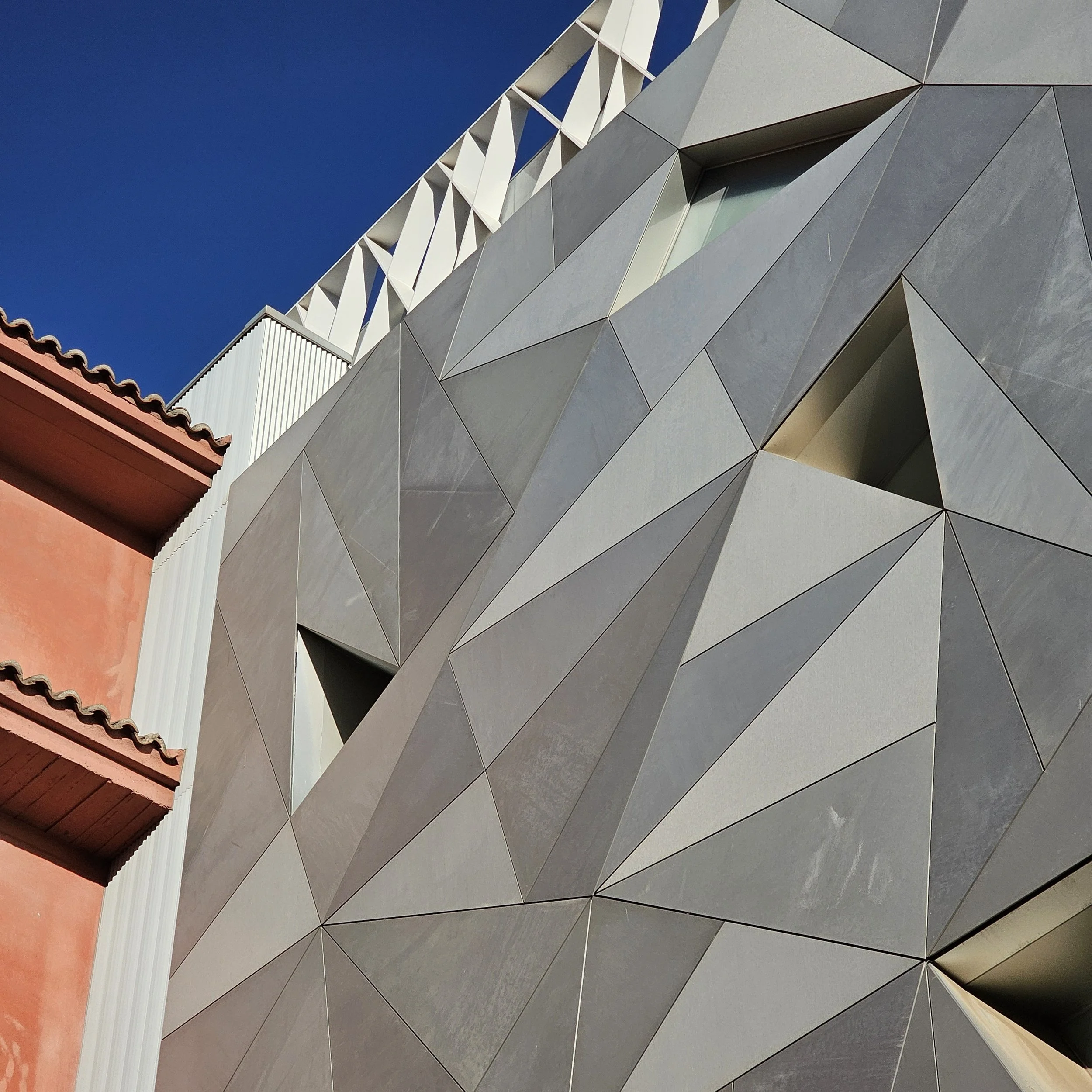

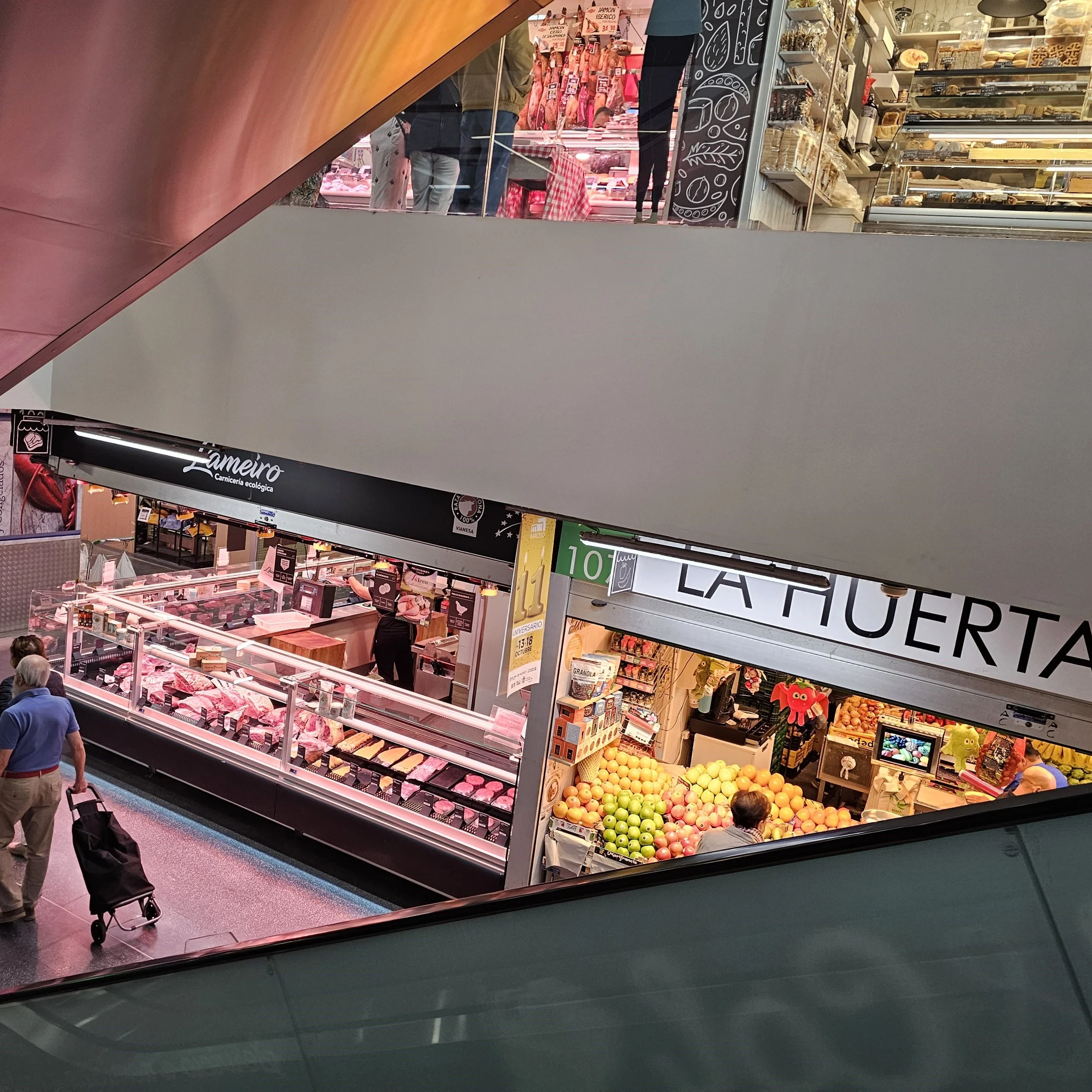



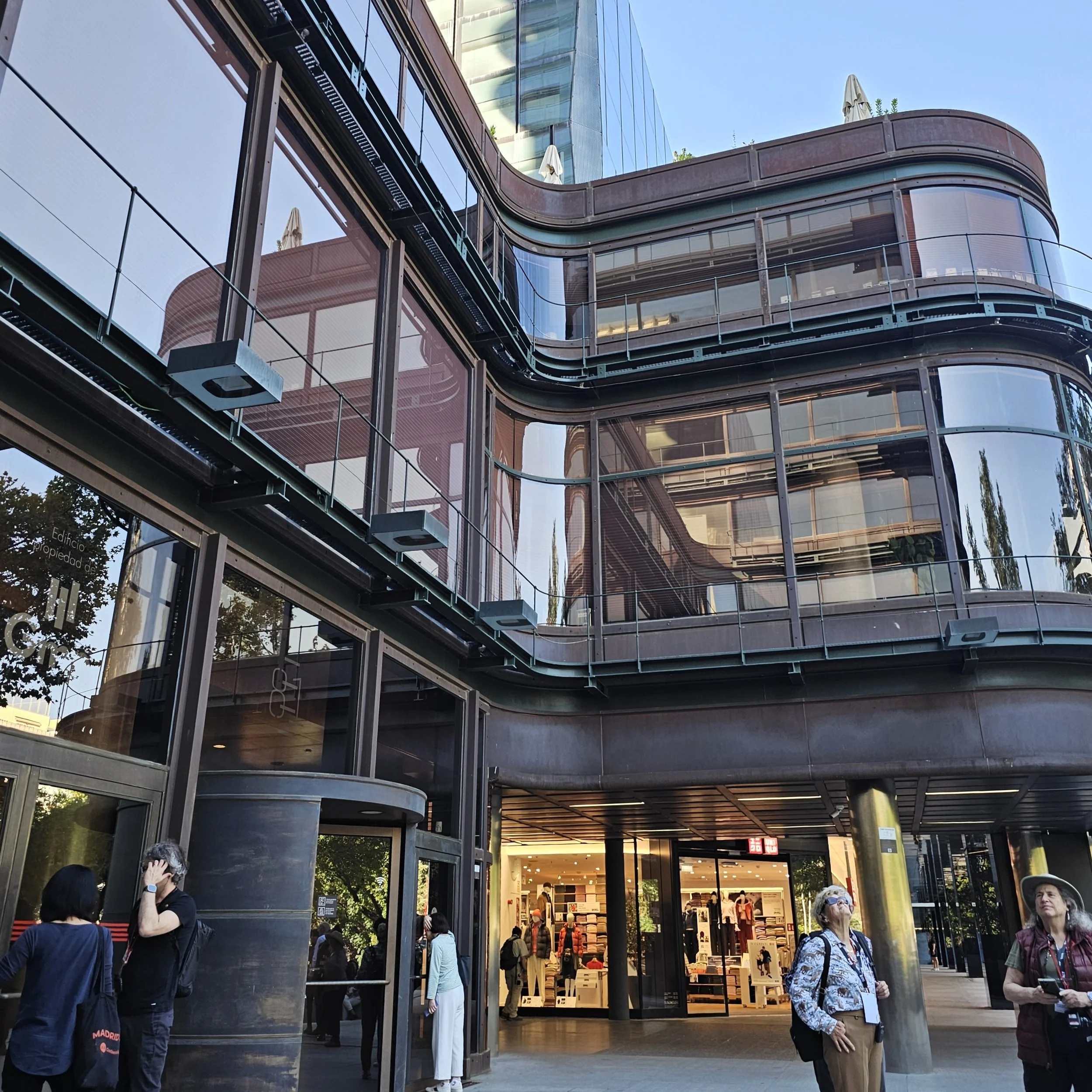





Sunday, 18 October The third day returned to central Madrid for a visit to the very modern interior spaces of the National Archaeological Museum, where the architect who oversaw the renovations, Jorge Rodriguez, led a tour highlighting how the design team and museum staff worked together to enhance the exhibits.
The group enjoyed a coffee break in the beautiful Retiro Park before proceeding to the 1949 Rationalist masterpiece, the Ministry of Health building, and the Reina Sofía Museum of Modern and Contemporary Art. Lunch was held on the top floor of Herzog & de Meuron’s Caixa Forum, adjacent to a ‘vertical garden’ wall that appears to defy gravity.
Defying gravity at the Caixa Forum. Photo Credit: RD Reber AIA
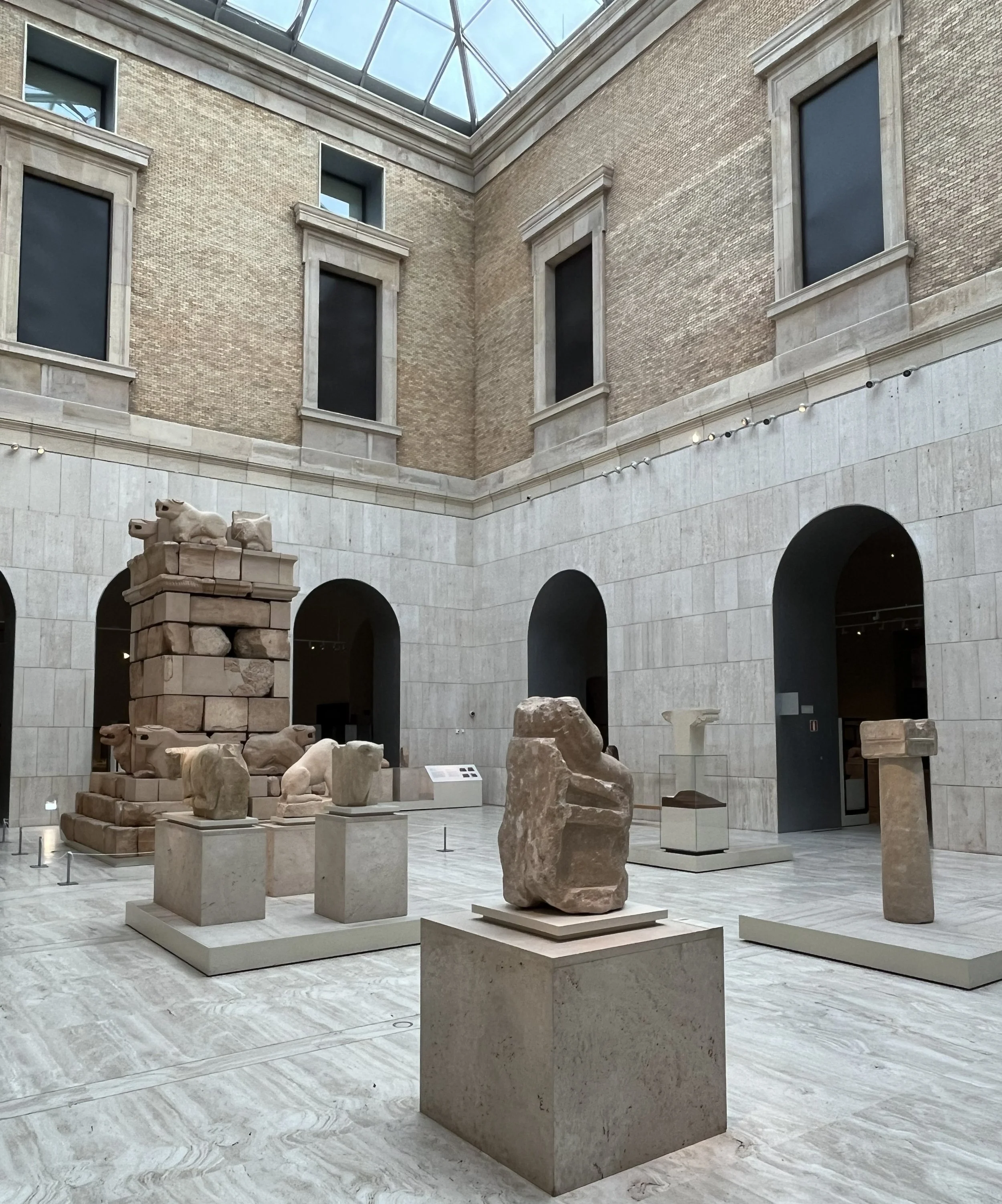
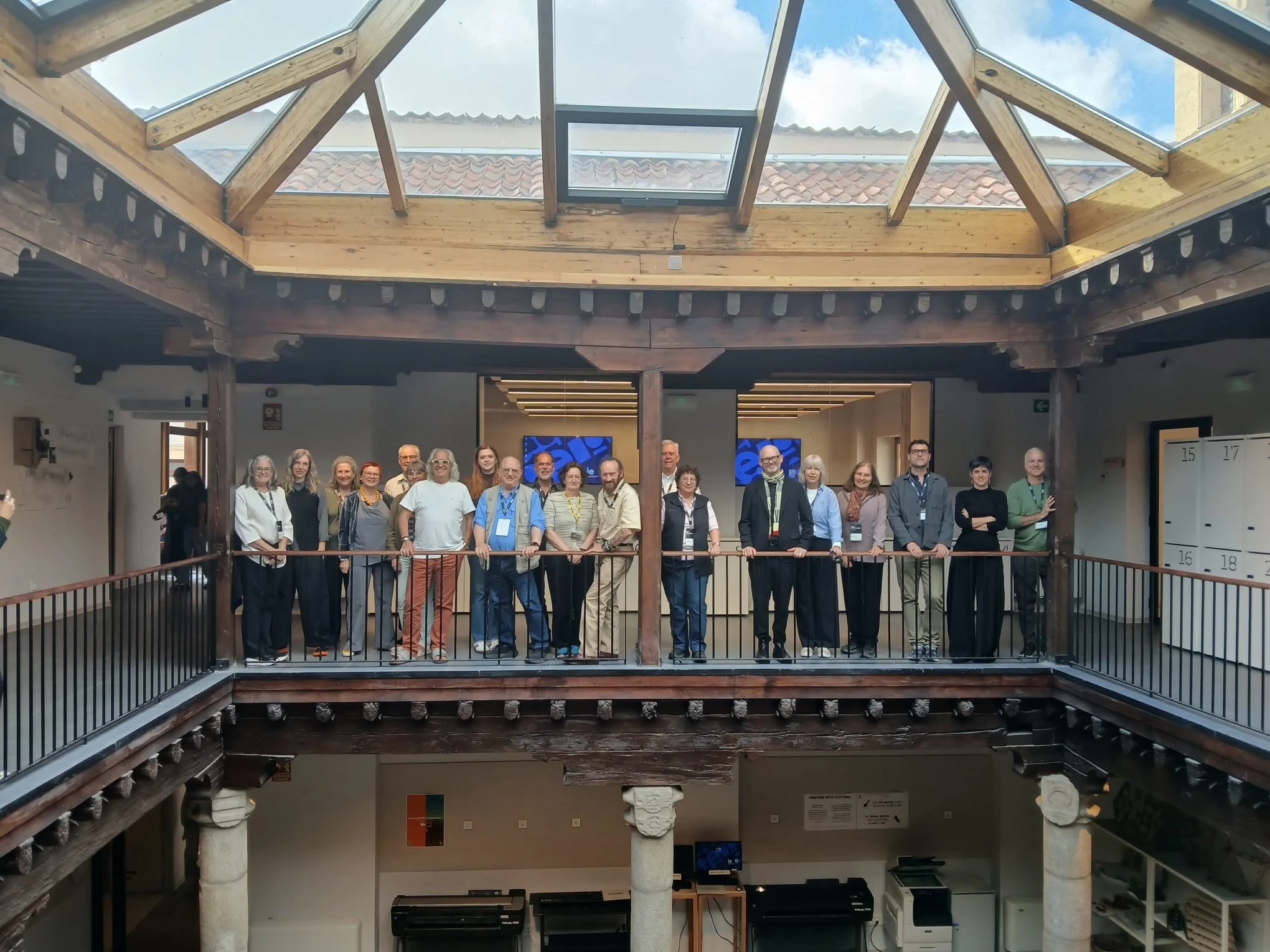

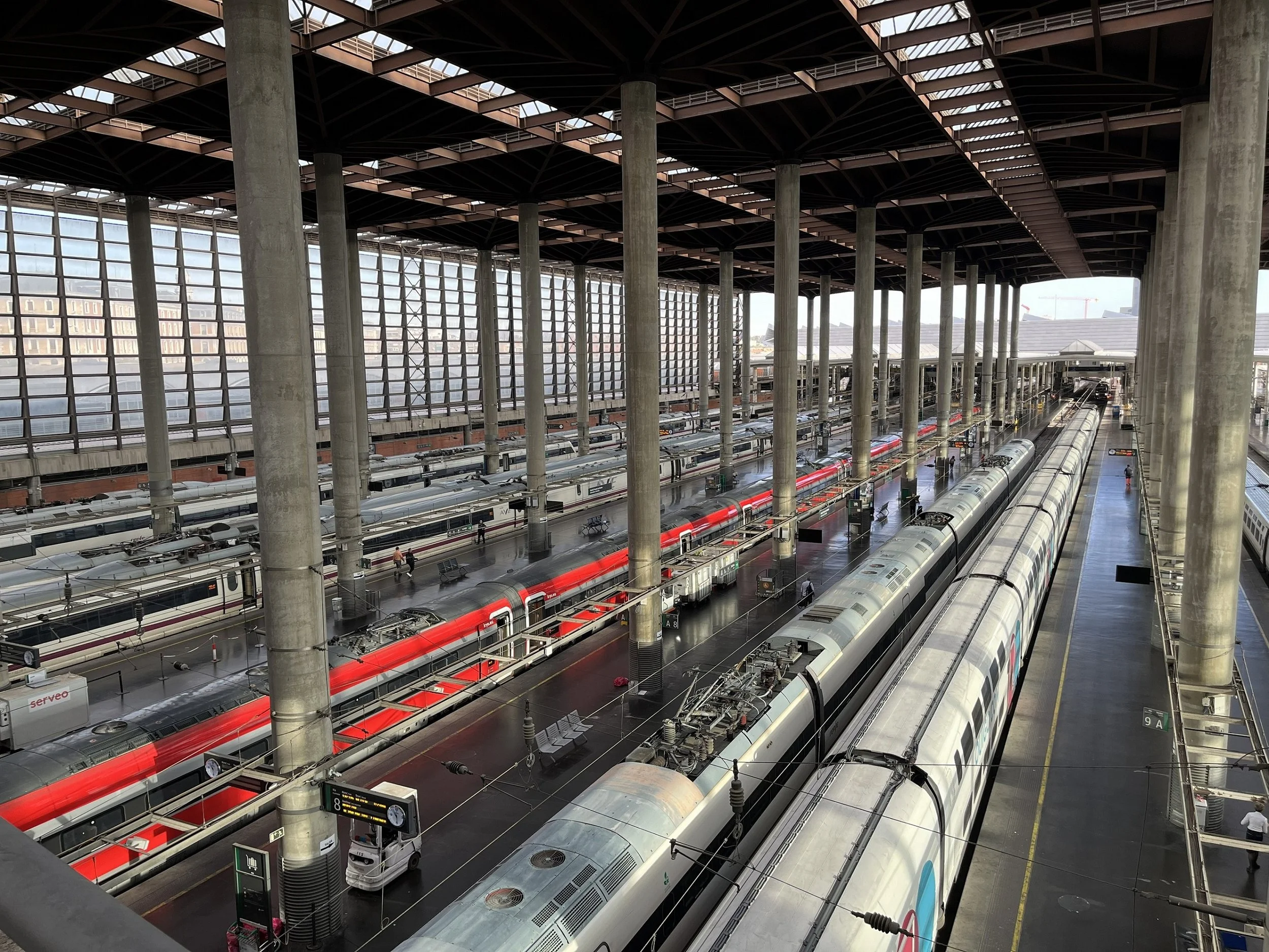


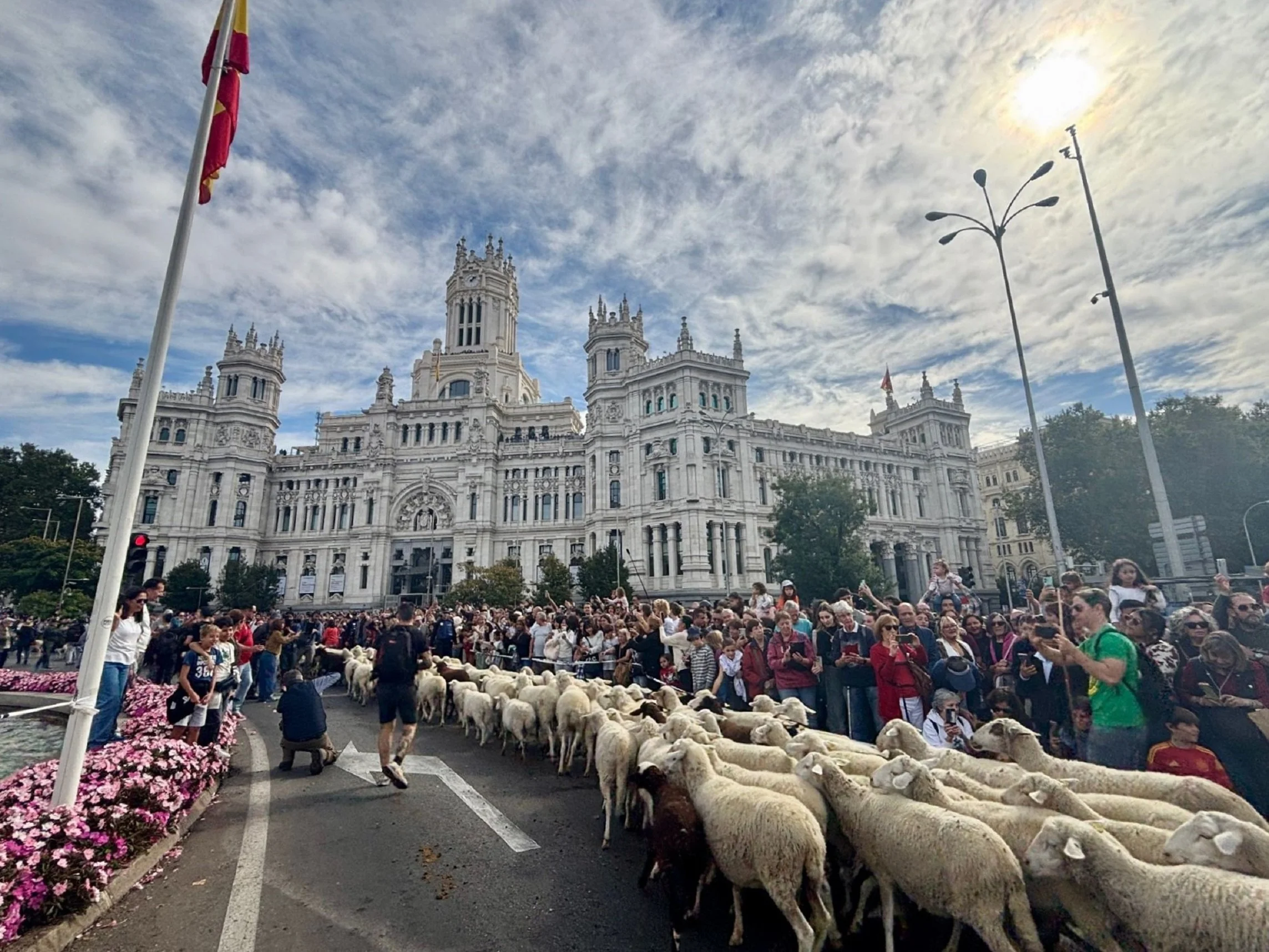
Monday, 20 October The traditional Extension Day for those able to stay in Madrid longer focused on Segovia and its breathtaking Roman Aqueduct before touring IE’s newly expanded ‘Creative Campus’ housed in a sensitively renovated medieval building.
The Segovia viaduct and IE’s ‘Creative’ Campus. Photo Credits: RD Reber AIA
No conference could finish without another fabulous meal, so the group proceeded to the renowned Mesón de José María restaurant, where they took part in the ceremonial carving of a suckling pig, which involves using the edge of a plate, rather than a knife, to demonstrate how tender the meat is. It was joyous conclusion to a fabulous conference!

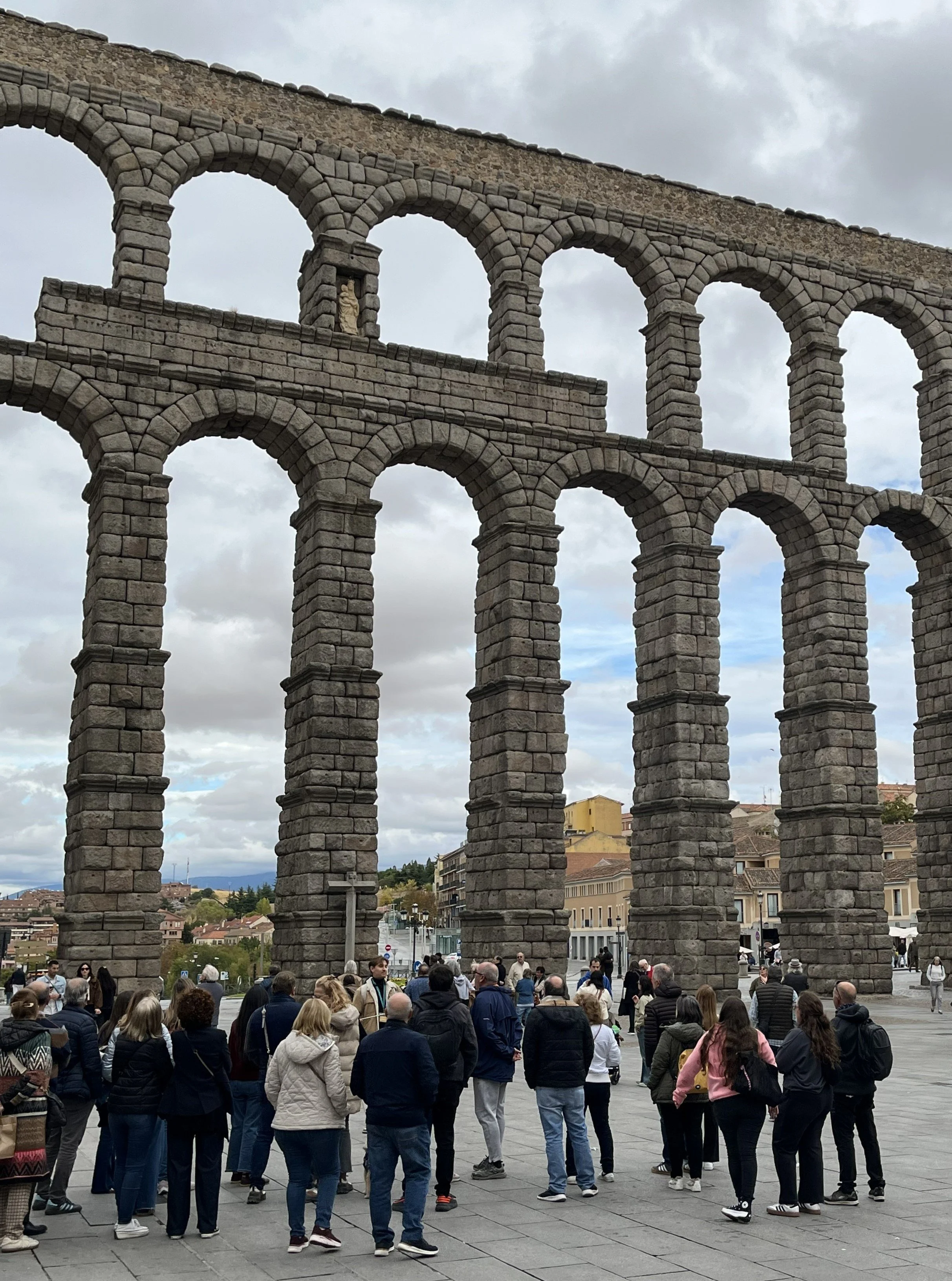

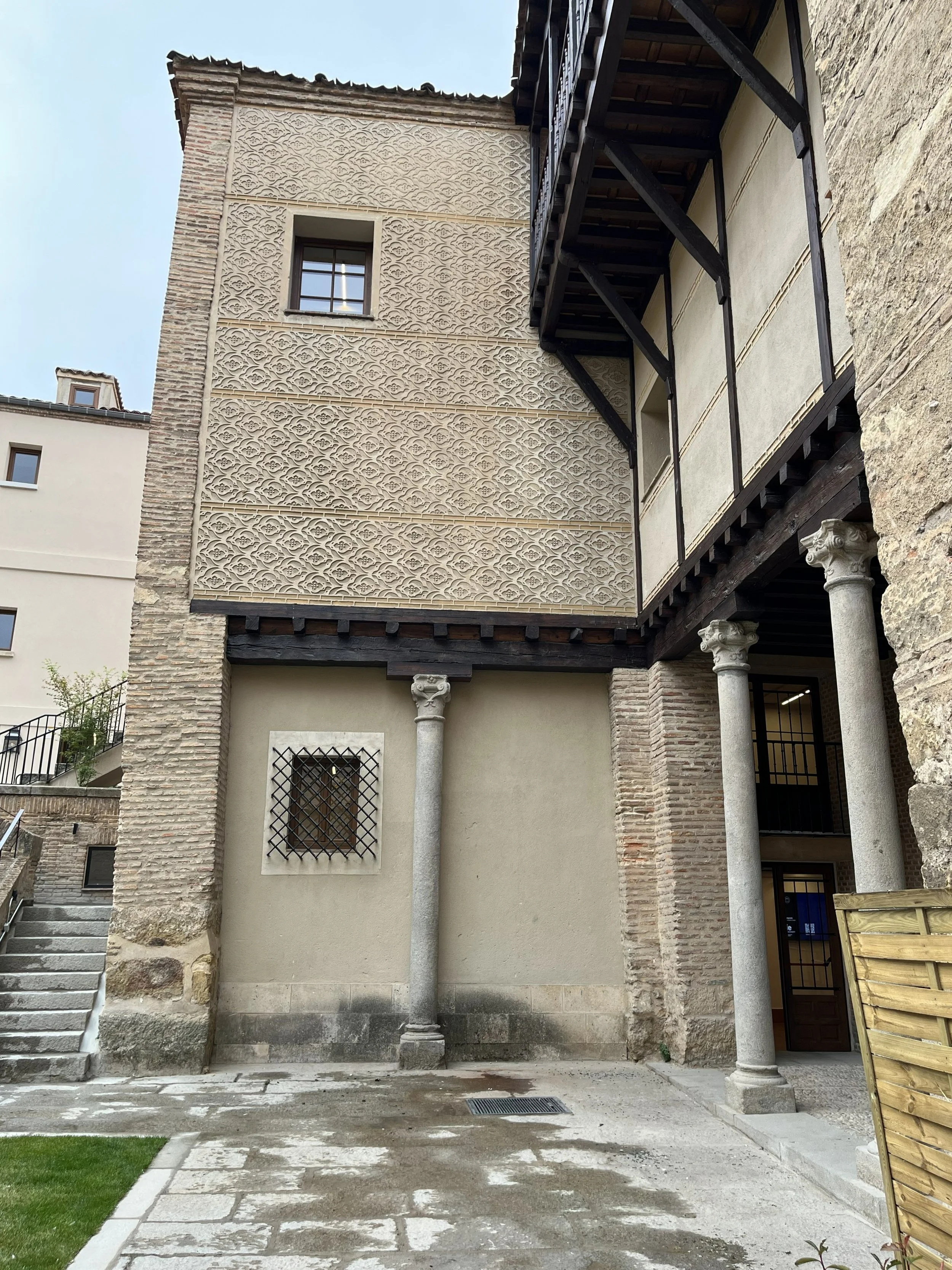

The 2025 Madrid Conference was well organised - a conference without a hitch!!! - by Sophia Gruzdys AIA. Irene Reidy – CE’s Chapter Administrator - managed the administration with volunteer help from her partner, Liam Quinn.
Corporate partners for the conference included:
Roca/Laufen, panoramah!, IE University School of Architecture and Design, AECOM, Miller Knoll and Frener Reifer.
Sophia Gruzdys AIA and Irene Reidy on the job. Liam Quinn consulting with an anonymous helper re tour headsets.
Written by L King, AIA and RD Reber, AIA







